The second I dropped my anchor, a pair of penguins began circling around the boat. You literally can’t walk five feet without seeing some sort of new animal ambling along. Some are prehistoric looking, some are cute and cuddly, and none of them seem to pay humans much mind.
Every morning there are a couple of young sea lion pups that circle around the boat, eating little baitfish, and peeking up at me while I peek down at them. I got into the water with them at one point and they were very playful, swimming circles around such a clumsy creature as myself and blinking at me with their long whiskers.
As I cruised along, I struck up a conversation with a couple of Argentines that I ended up hiking with for the rest of the day. They had grown up in Patagonia and moved to Buenos Aires and had all sorts of interesting tips and advice for me. They also really built up my stoke to get down to that part of the world and I spent much of the hike day dreaming about all of the mountains and sunsets I have ahead of me. A large part of me wonders if I’ll ever be able to leave that part of the world so renowned for its wine, steak, beautiful women, and fearsome mountains. I suppose time will tell.
I’ve been anchored in the town of Puerto Villamil on the south end of Isabela Island, which is the largest island of the Galapagos archipelago. Authorization to anchor in the Galapagos is quite expensive, and thus I’m limited to just one island for a period of twenty days. My timing was perfect, however, and I arrived at the very start of Carnival! It was a five day extravaganza of eating, drinking, singing, dancing, and mischief.
The food here has been delicious, and certainly a nice change of pace from cooking on the boat. Plantains (which look like bananas, but are often eaten green when they’re starchy like a potato) feature prominently in a lot of dishes and much of the food harkens back to the time I spent in Costa Rica. Seafood is plentiful everywhere and ceviche is a staple much like it was in Mexico. Soups are also quite ubiquitous and I’ve had a number that really knocked my socks off. Even the beef has been quite good, and the cows that’re raised on the island have a really distinct flavor to them, somewhat like grass-fed beef in the states. Fruit is everywhere and always seems to be exquisite and fresh.
When I first diagnosed my engine issue (and before I started disassembling it), I figured I could resolder or tape over the leaky connection, put it all back together, and be on my way. It didn’t end up being quite so easy.
It was one of these re-routed cooling line connections that cracked. The Swedish engineers that designed my engine elected to place all of these cooling connections right on top of and behind the starter and alternator (the only two parts of the engine that would be vulnerable to water) and you’ve got to bend over the engine at an awkward angle in order to access it, which I would have occasion to do for 25-30 hrs in the following few days. The below diagram from the shop manual shows just how simple and elegant the cooling system is.
It was then that I noticed the alternator was no longer charging the batteries. “Shit,” I thought to myself. “Probably all the water finally got to it,” I reasoned. The universe seemed to be conspiring against me at that point. After a couple hours of troubleshooting with the multimeter and a couple of re-spliced connections, I was relieved to find that the alternator wasn’t shot after all and the Rascal was once again fully operational.
My time in paradise is slowly coming to a close. I’ve met a lot of awesome people here (both other cruisers as well as tourists). Folks from all over the world travel to the Galapagos and it has been fascinating to strike up conversations with them. It is always interesting to hear other peoples’ stories and everyone has been friendly and generous. My Spanish has definitely been improving over time and I’ve added a few, choice words of Argentine slang to my lexicon.
The course for the first week will be effectively identical for either route, so I’m going to make the decision between the two options after I’ve been at sea for about a week, once the prevailing weather patterns in the southern ocean are more clear and I can gauge how much I’m pushed westward in the first few days.
The next few days will be spent topping up tanks, buying food and supplies, and enjoying the comforts of land while I still can. I’ll check back in once I make landfall again (in a month or two!), and until then, you can track my progress here.
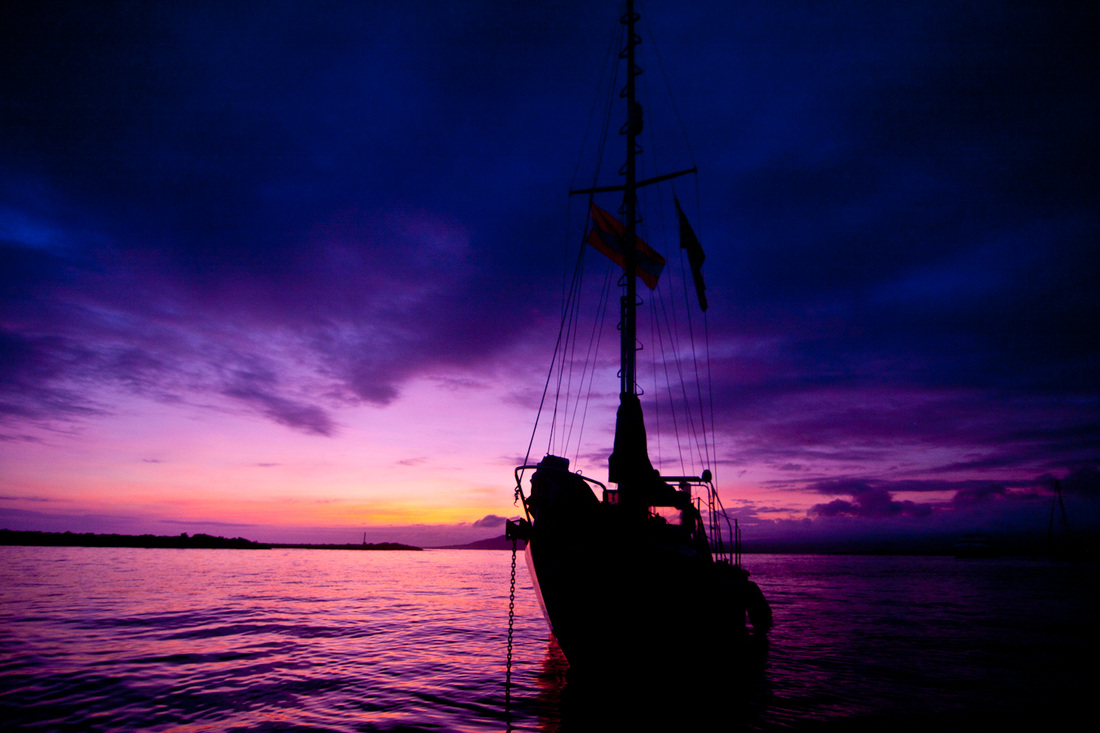

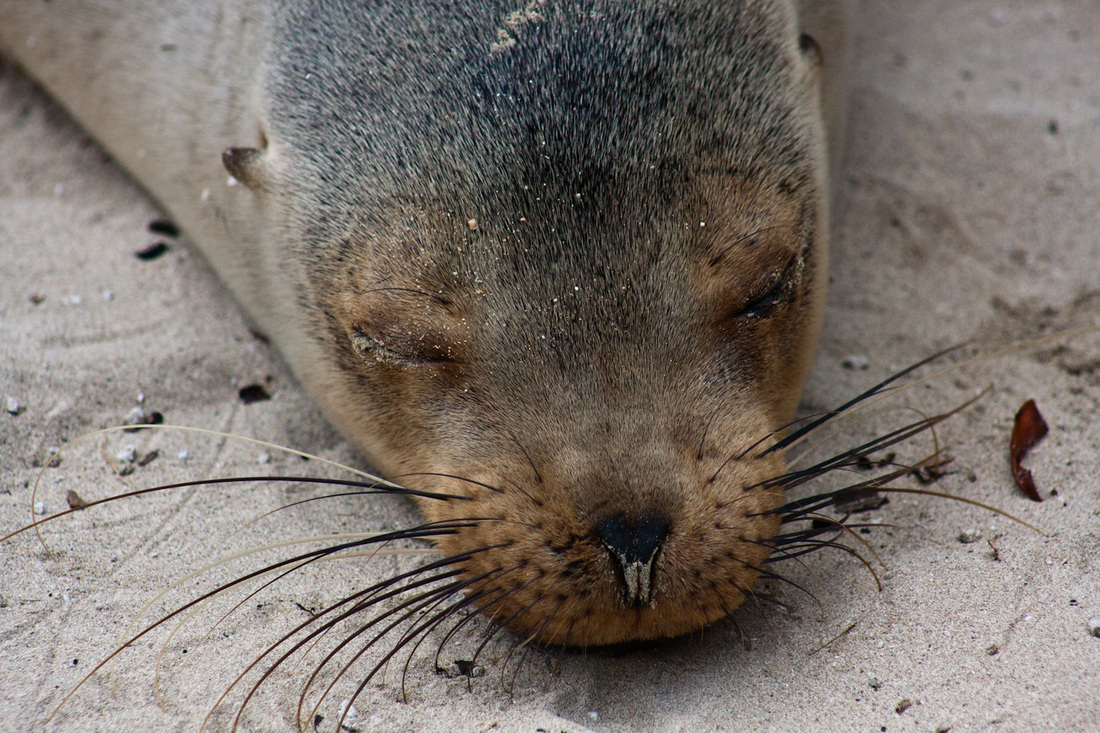
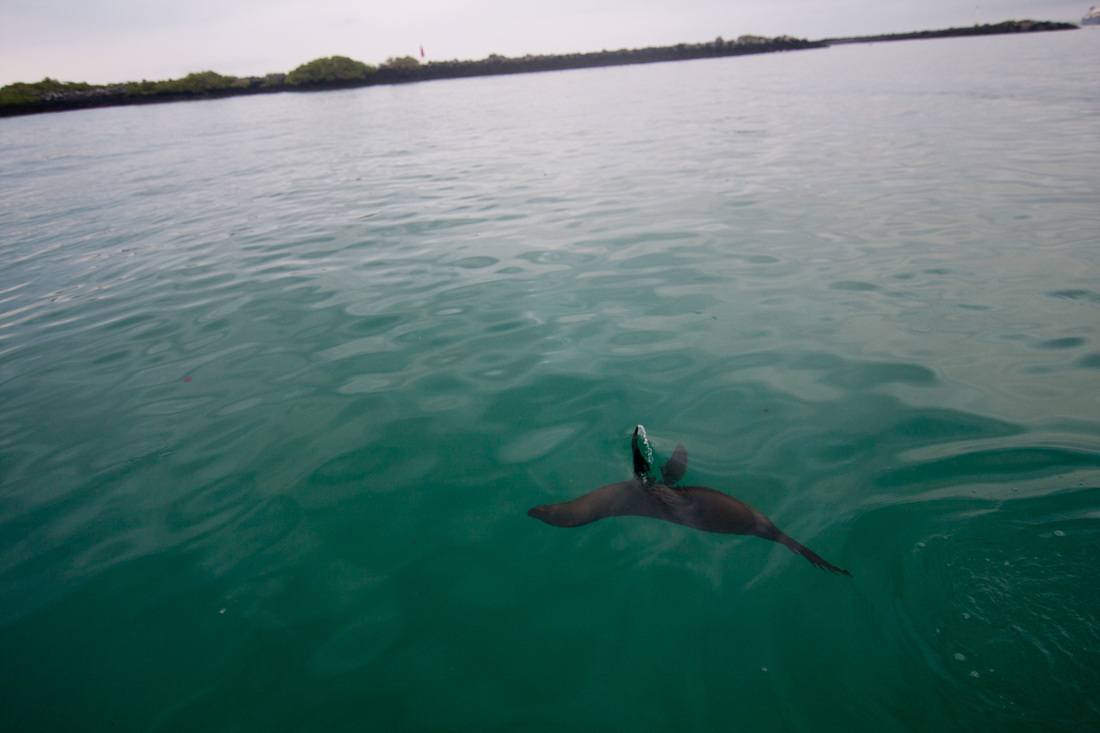
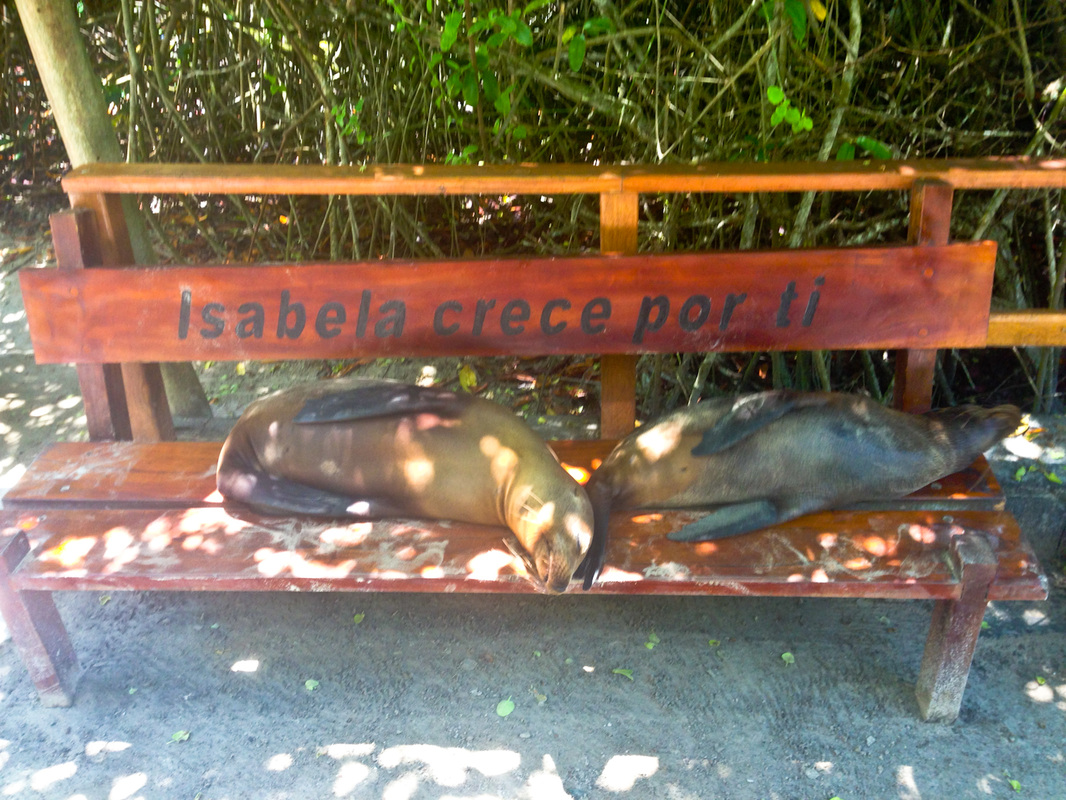
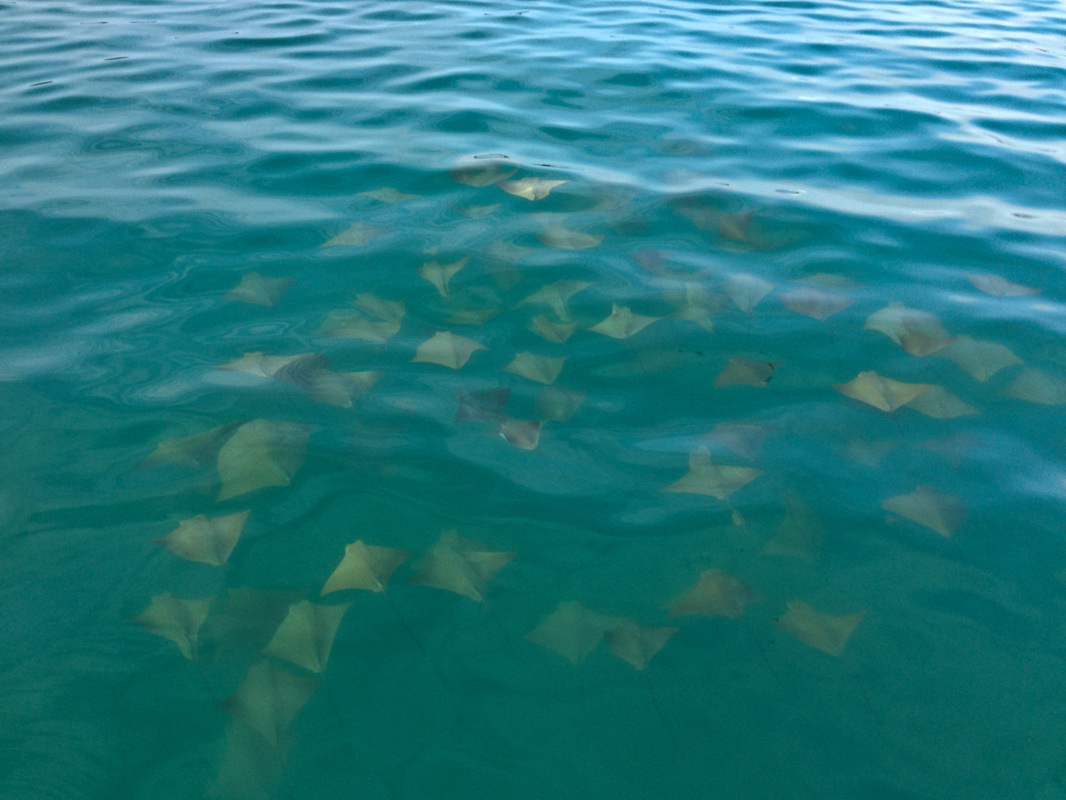
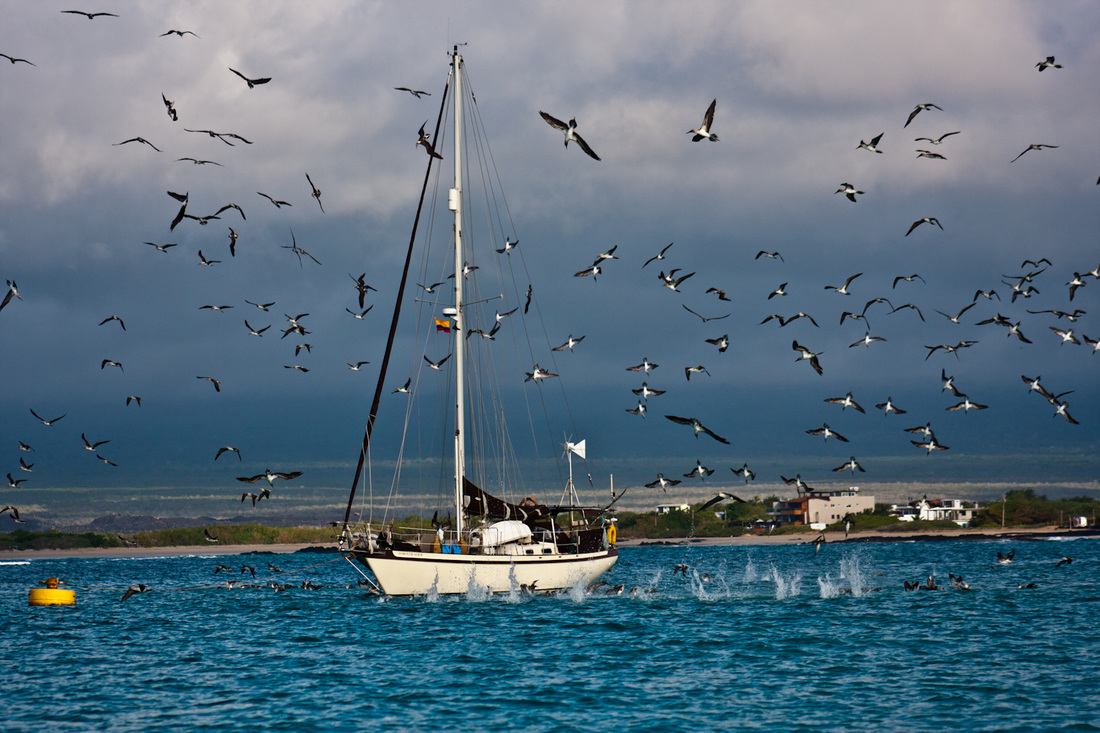

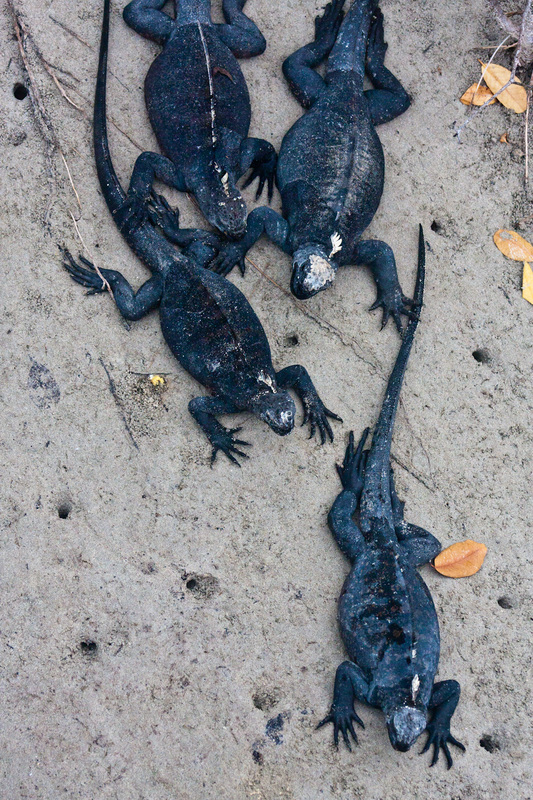
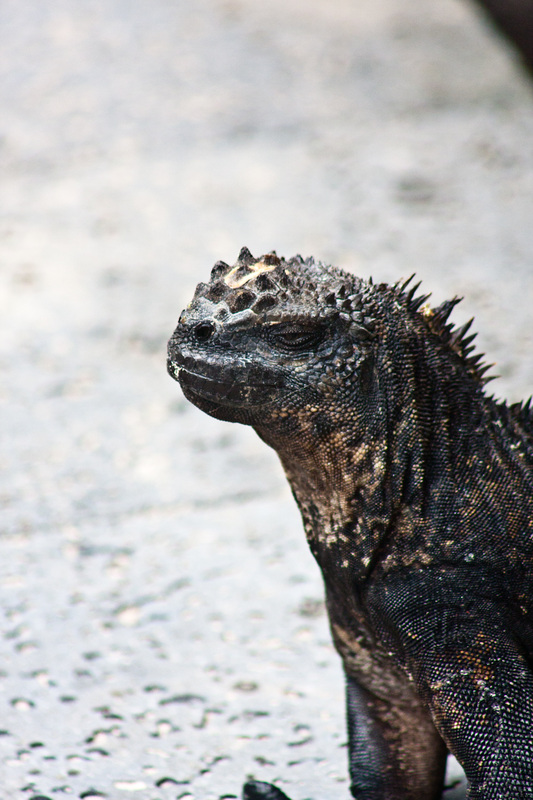
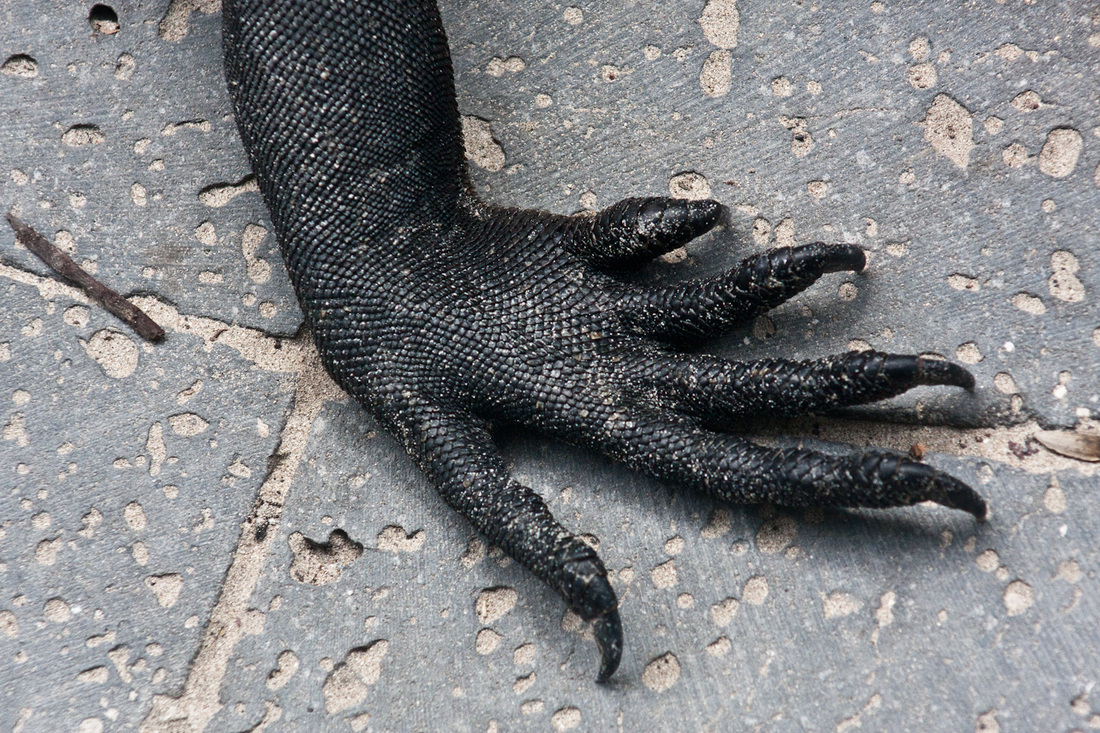
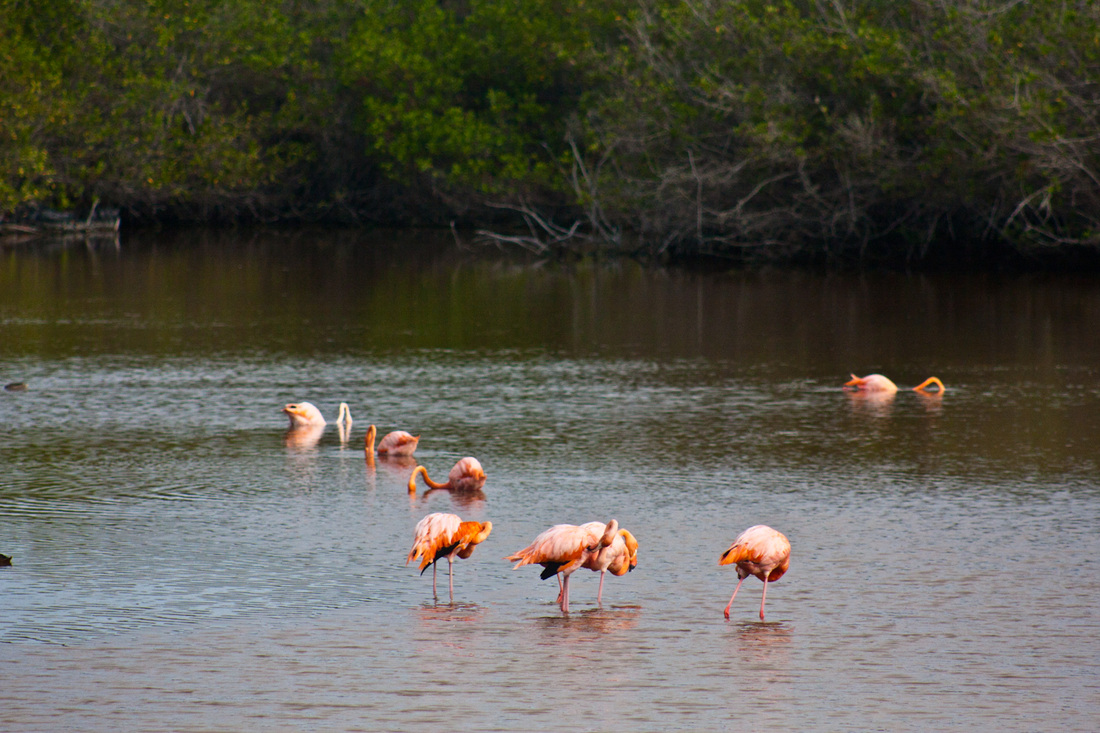
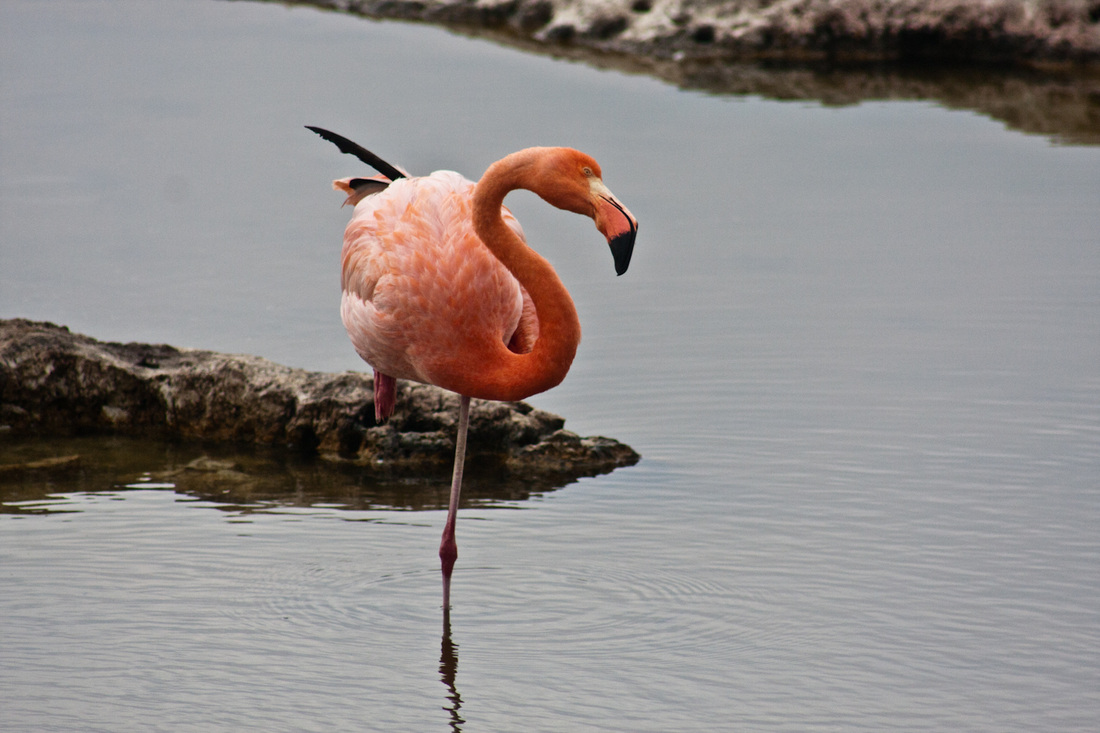
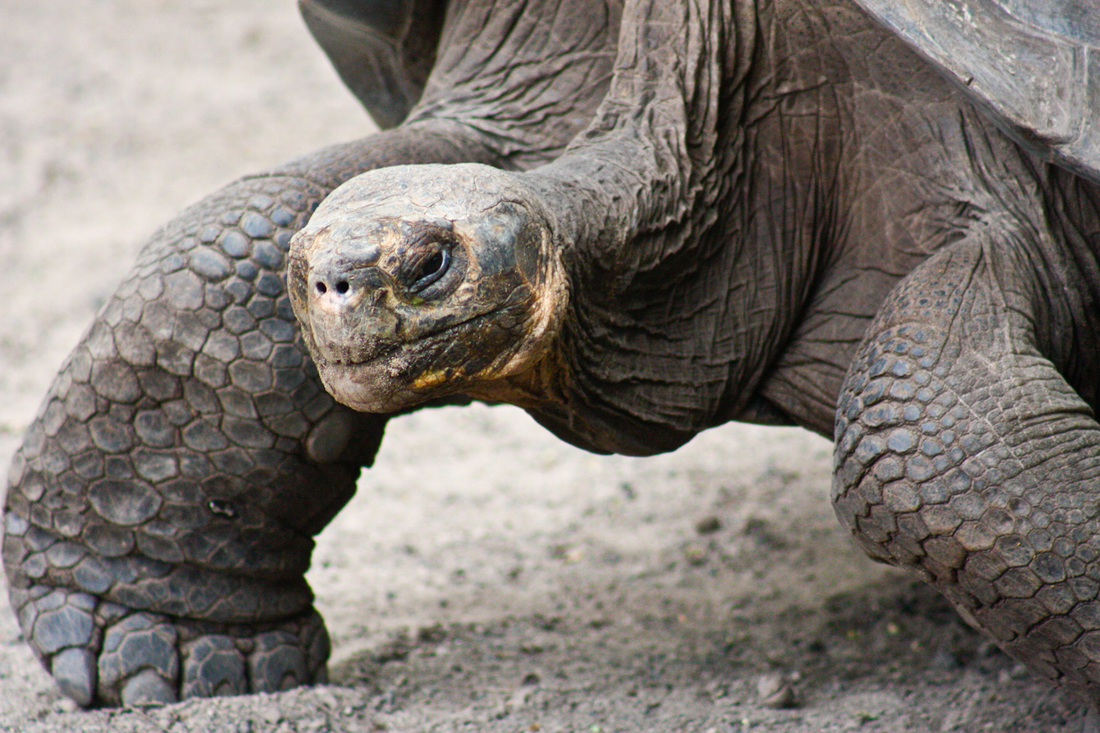
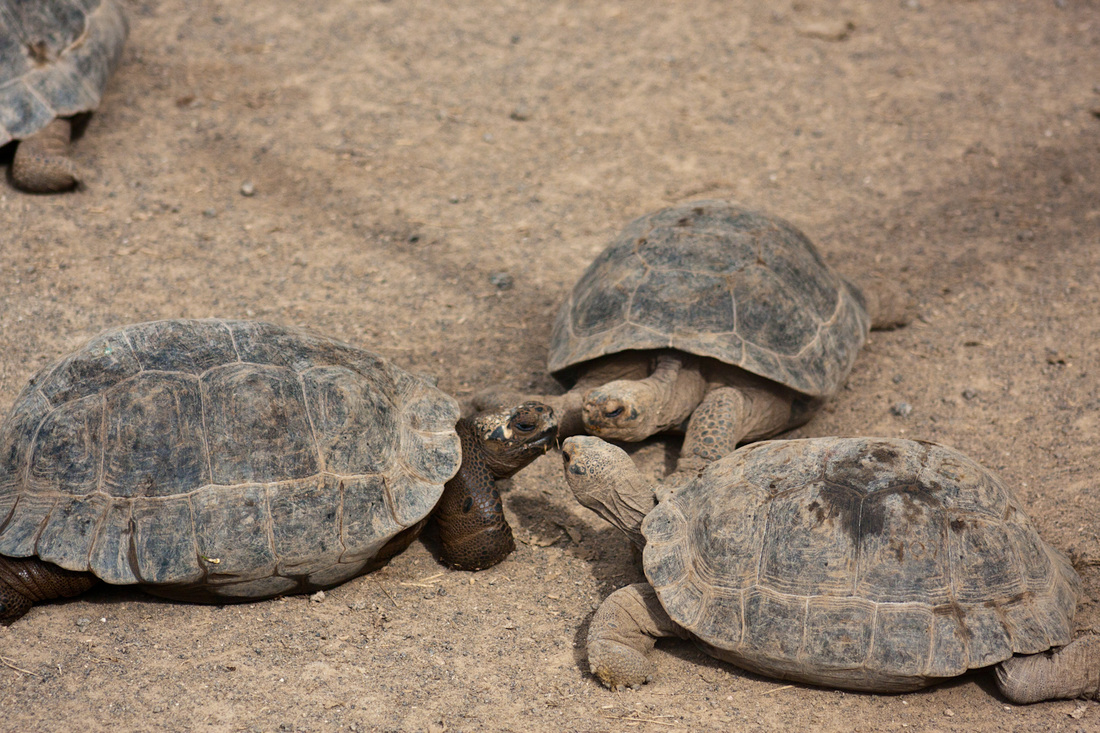
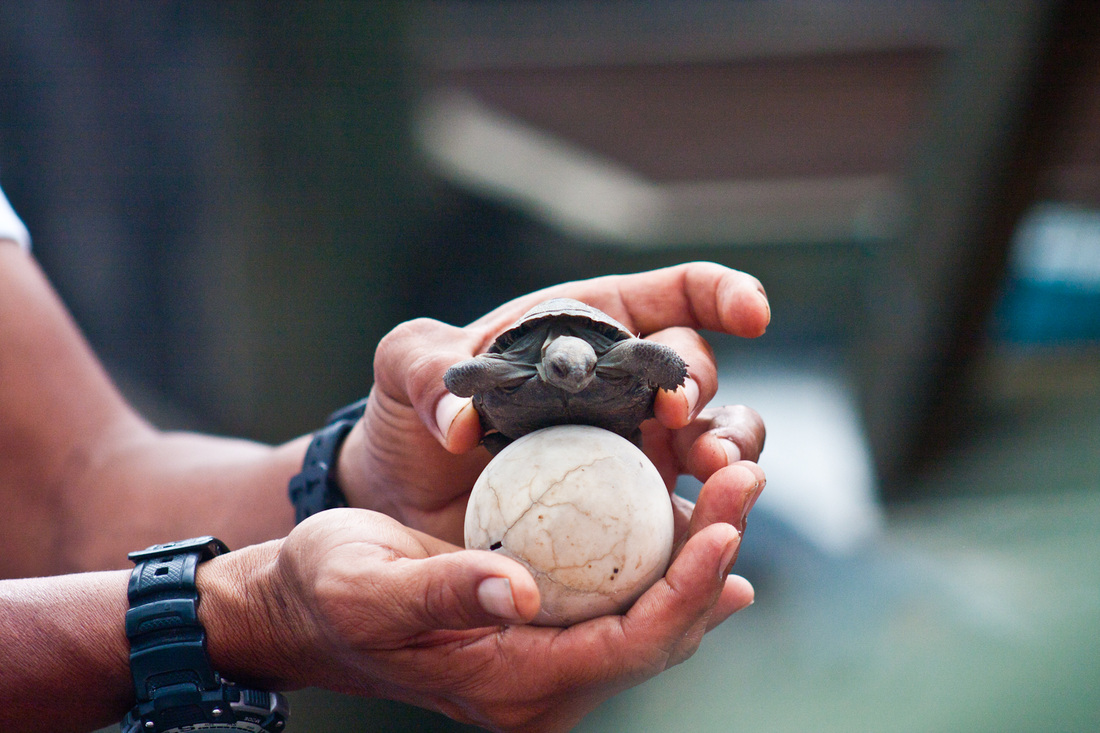

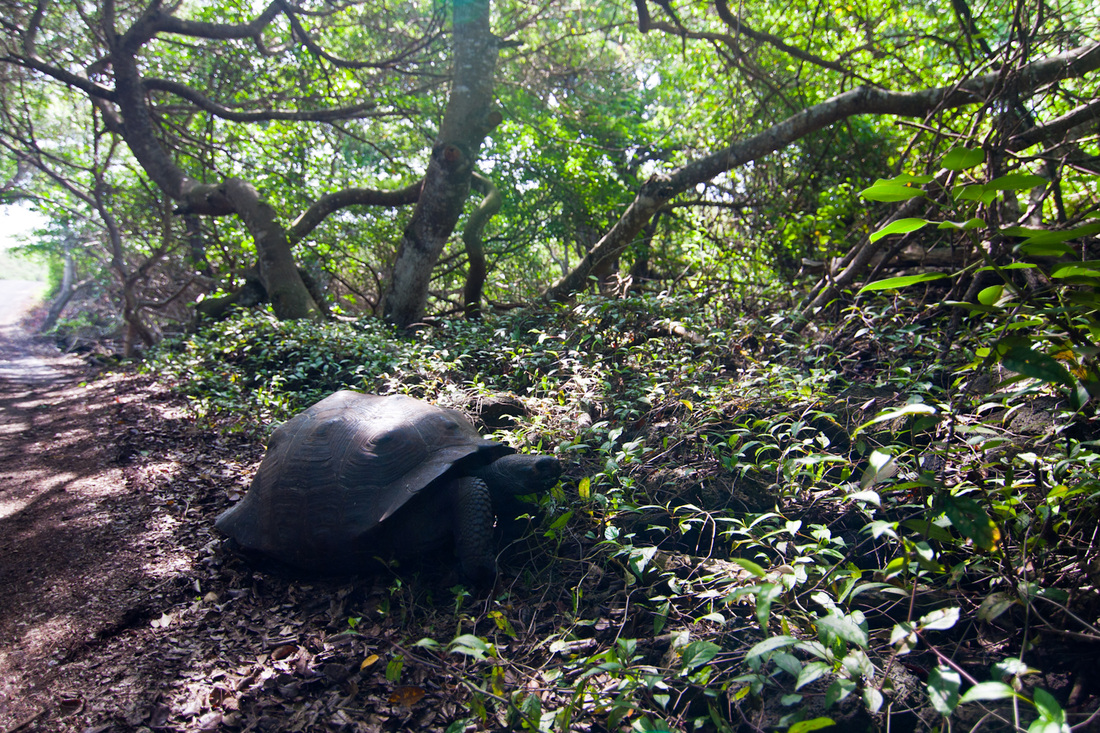
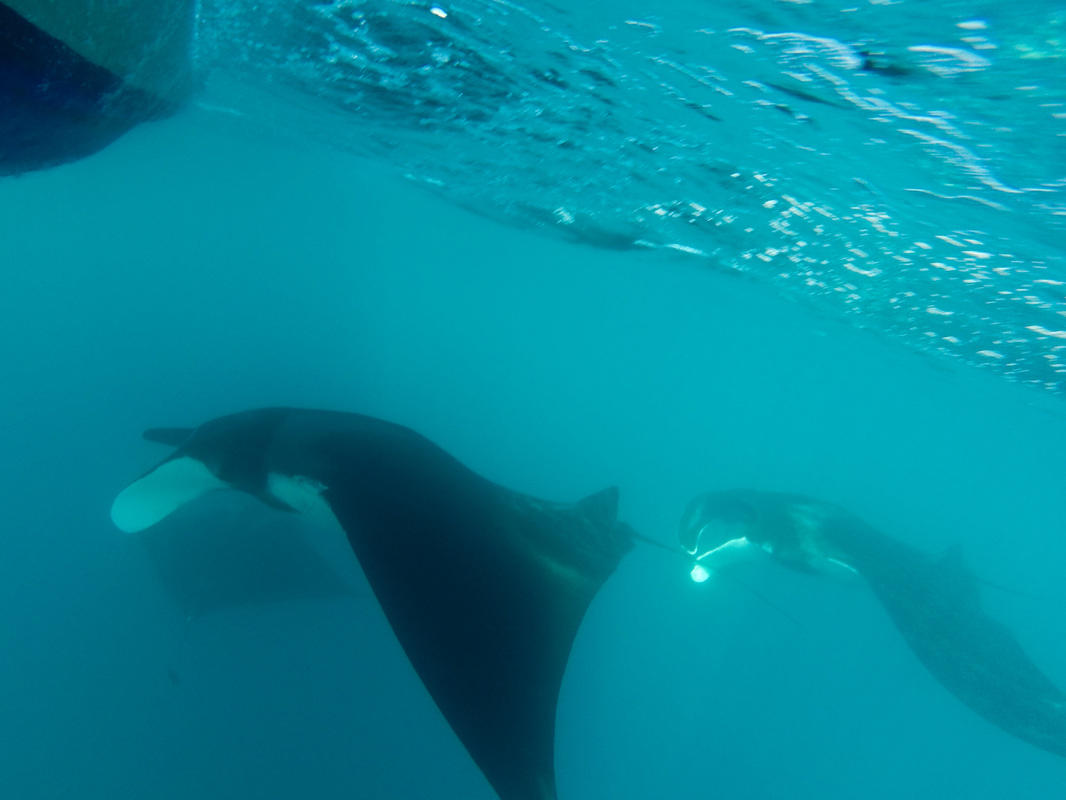
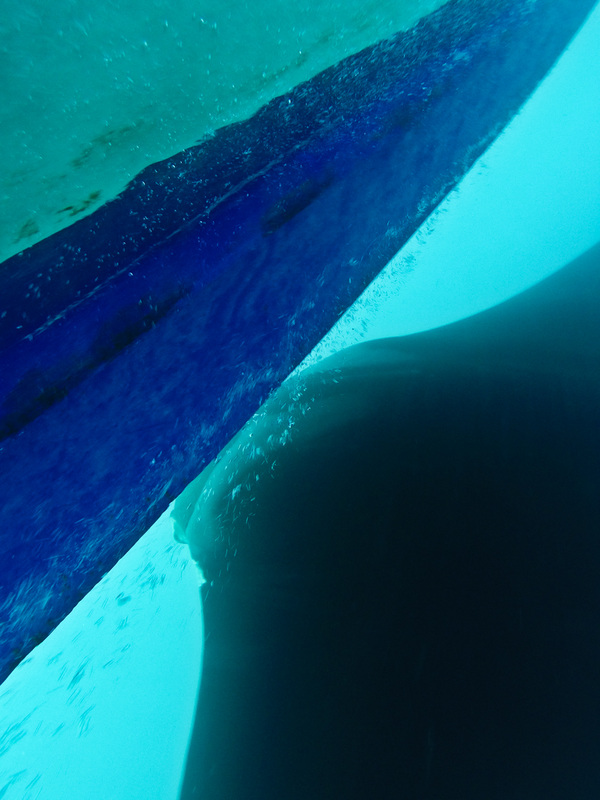
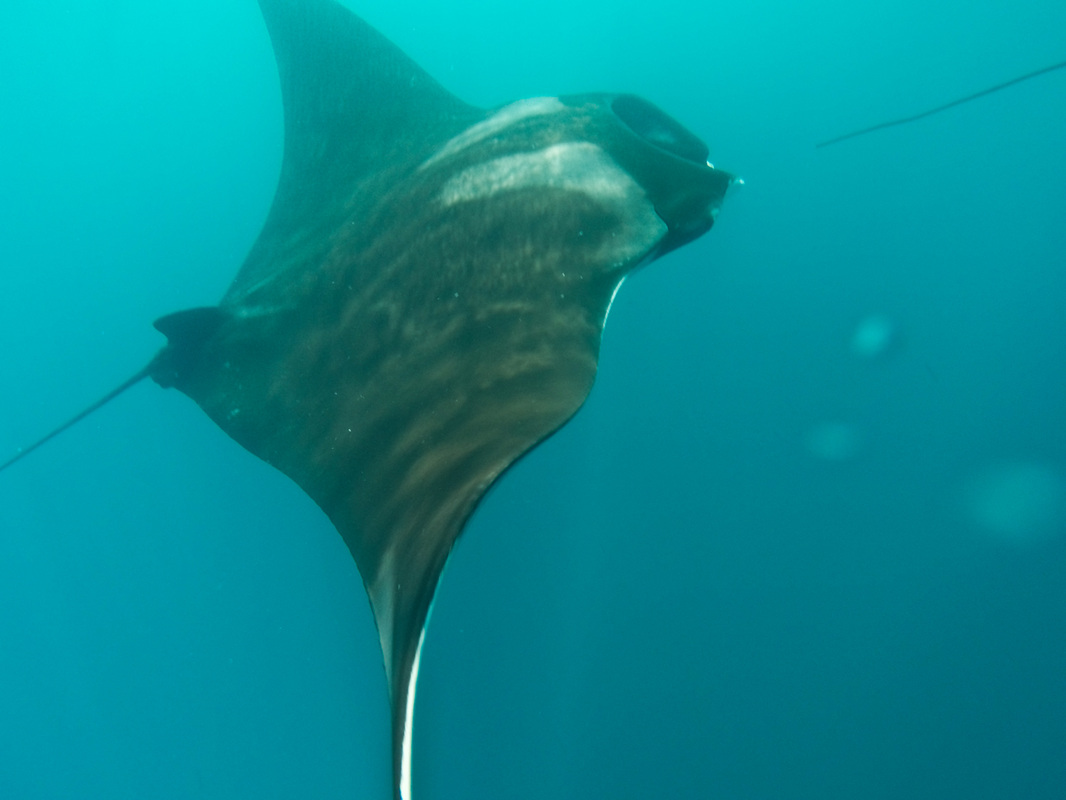
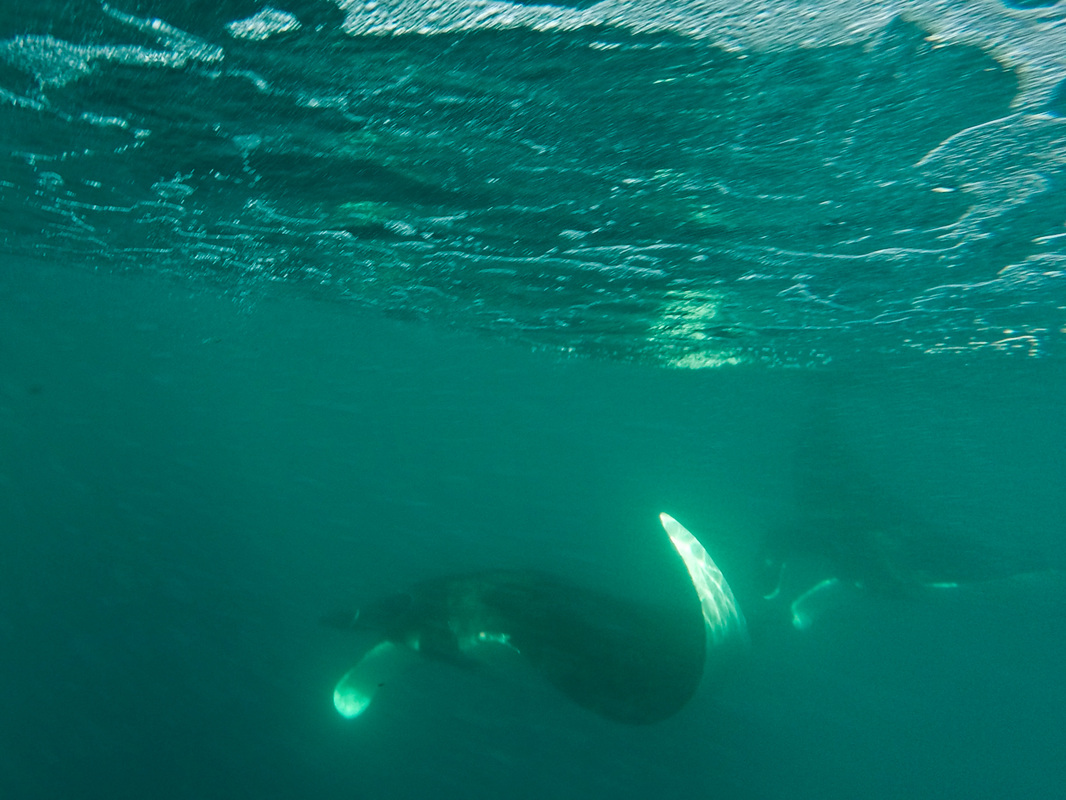
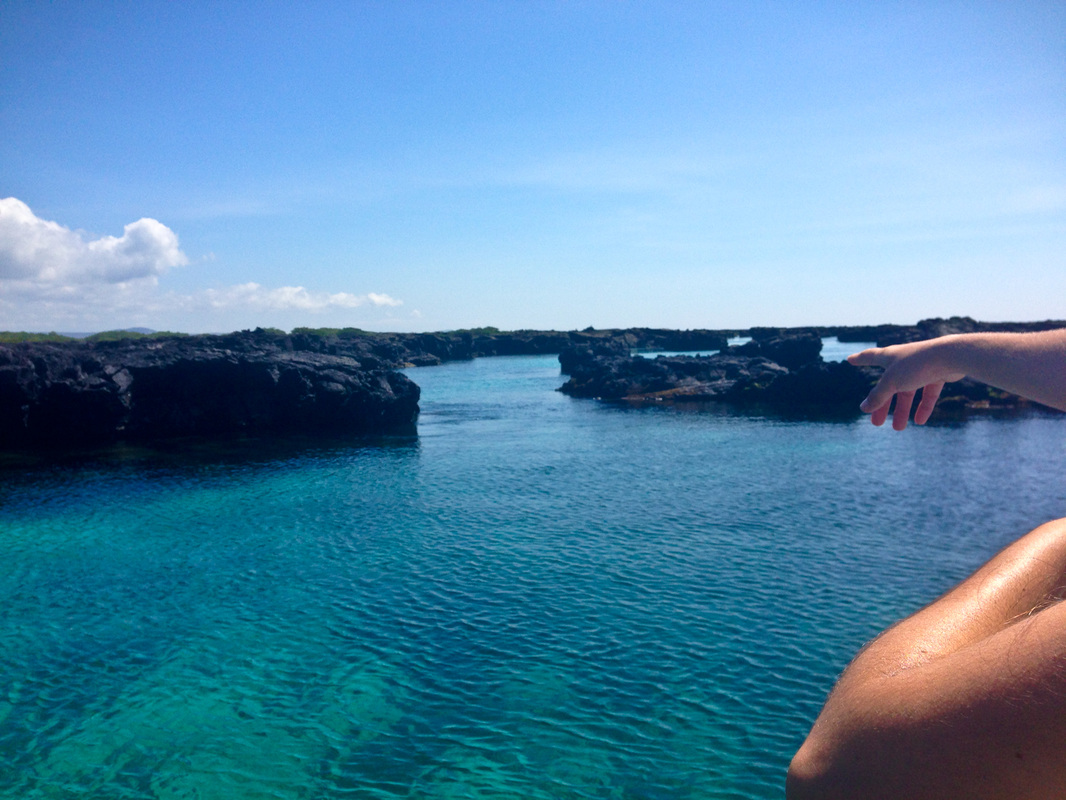
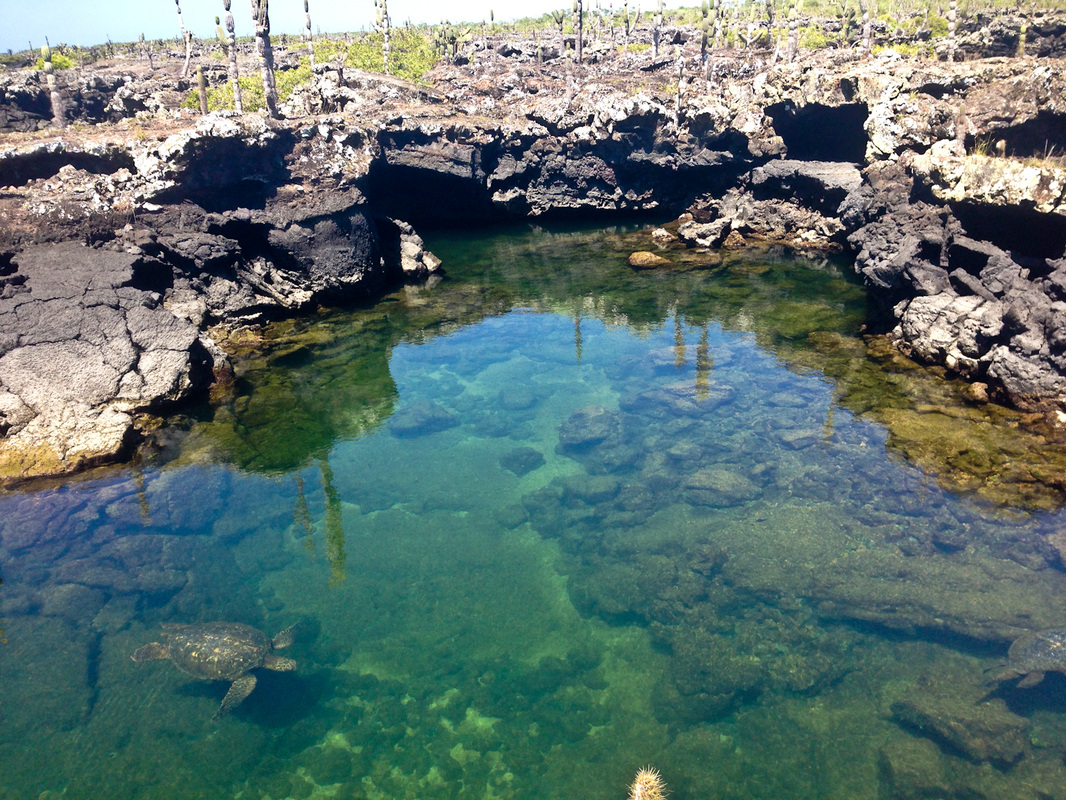
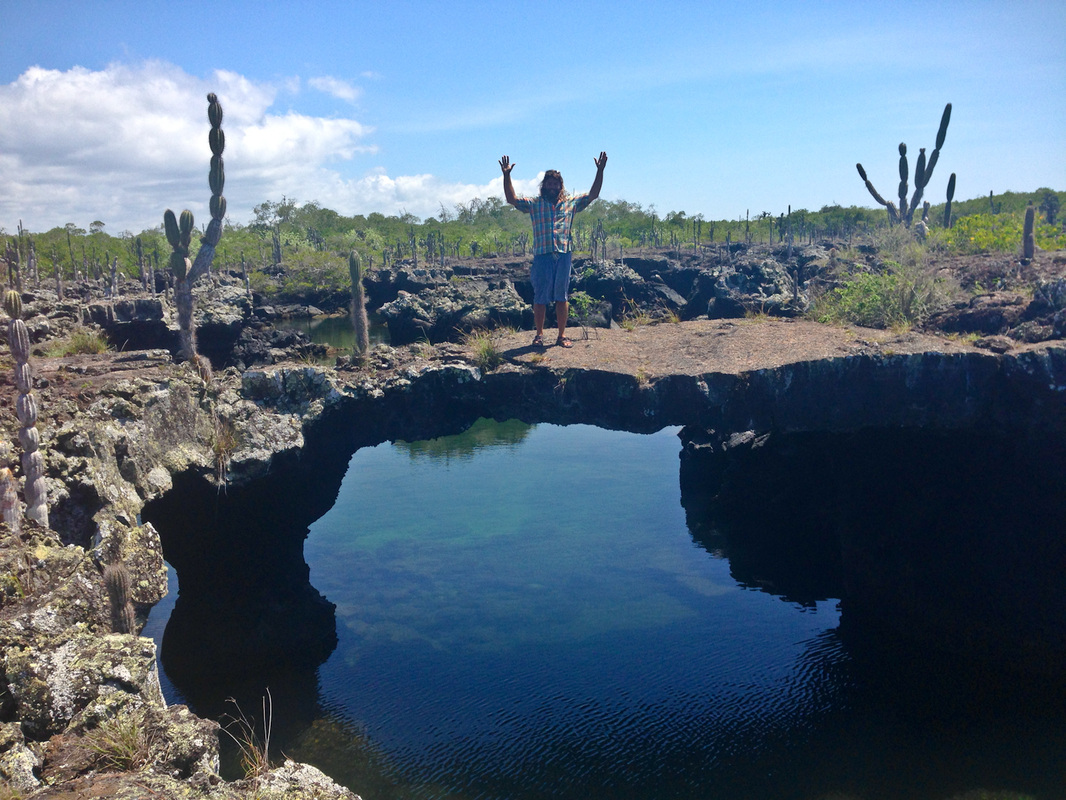
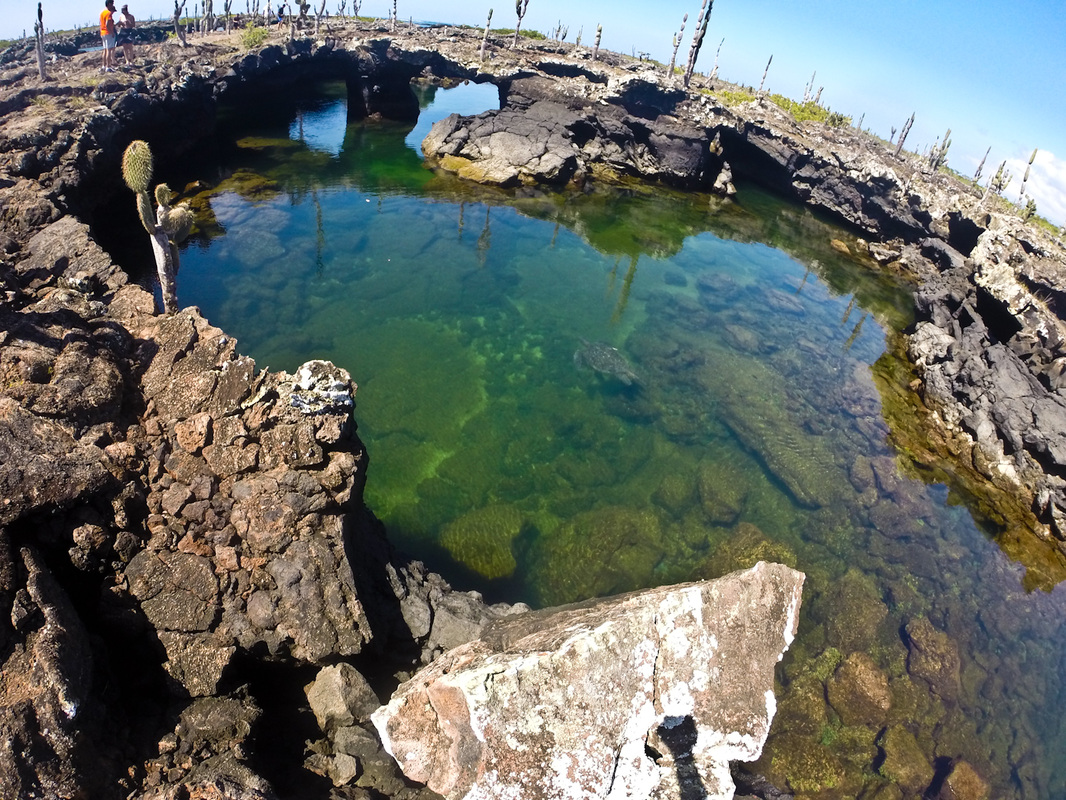

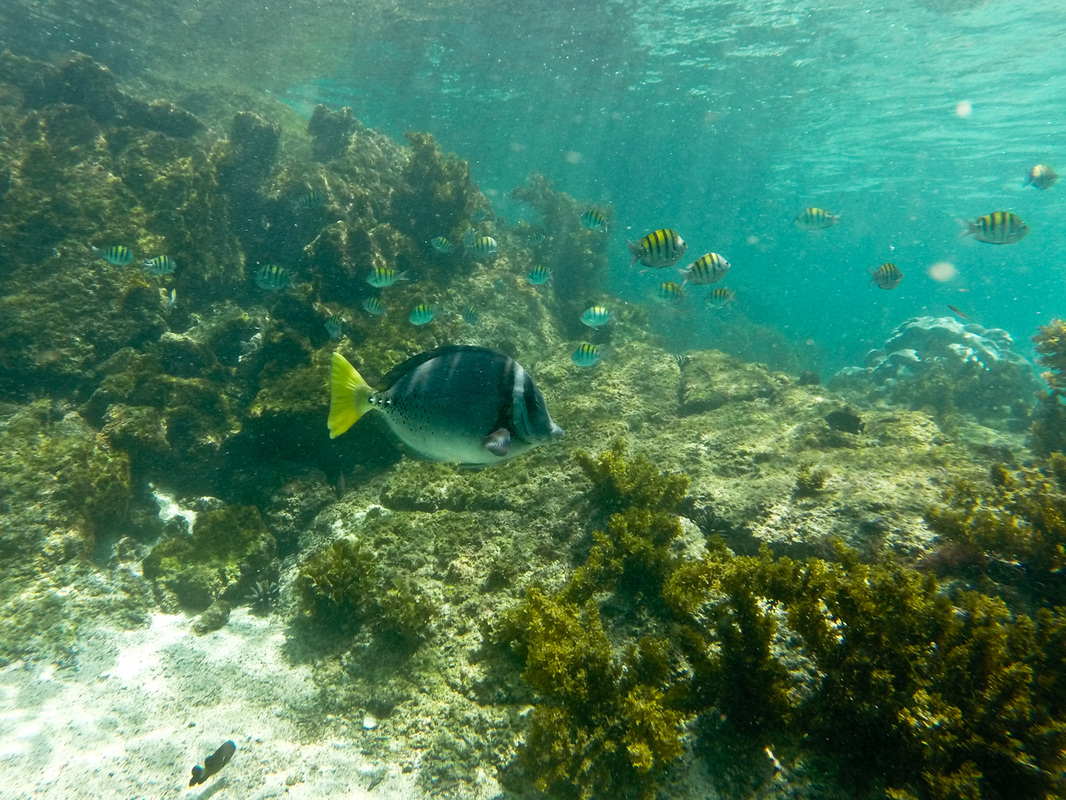
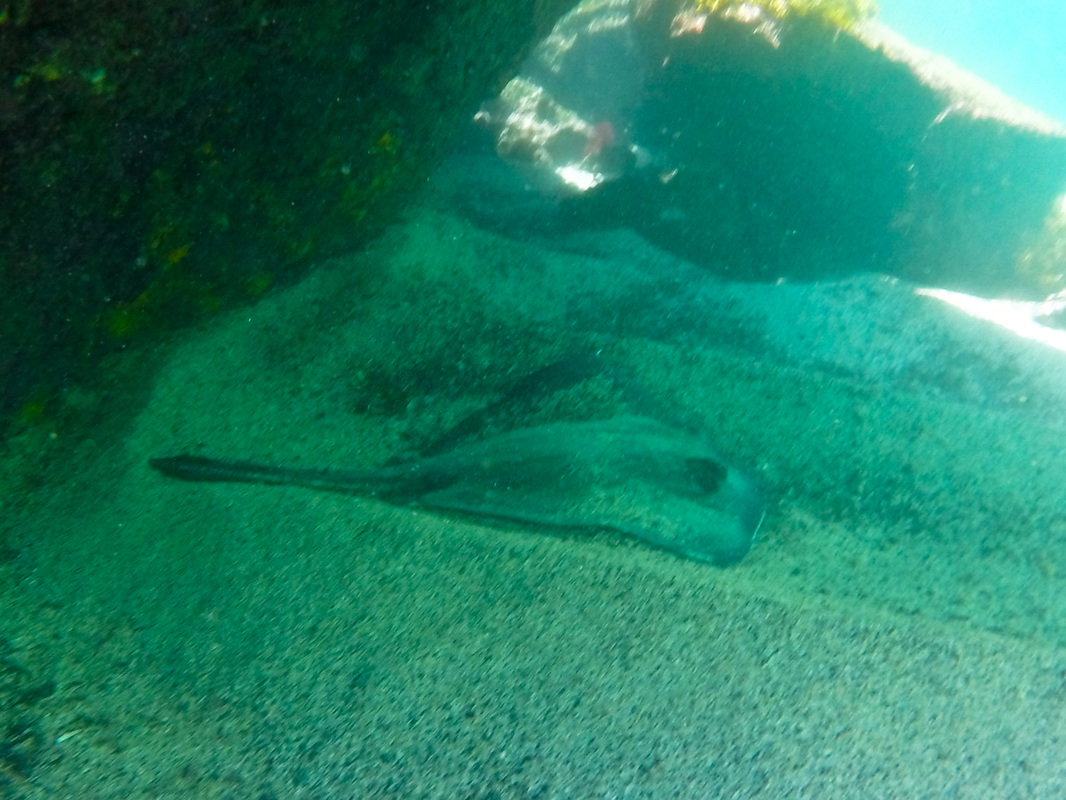
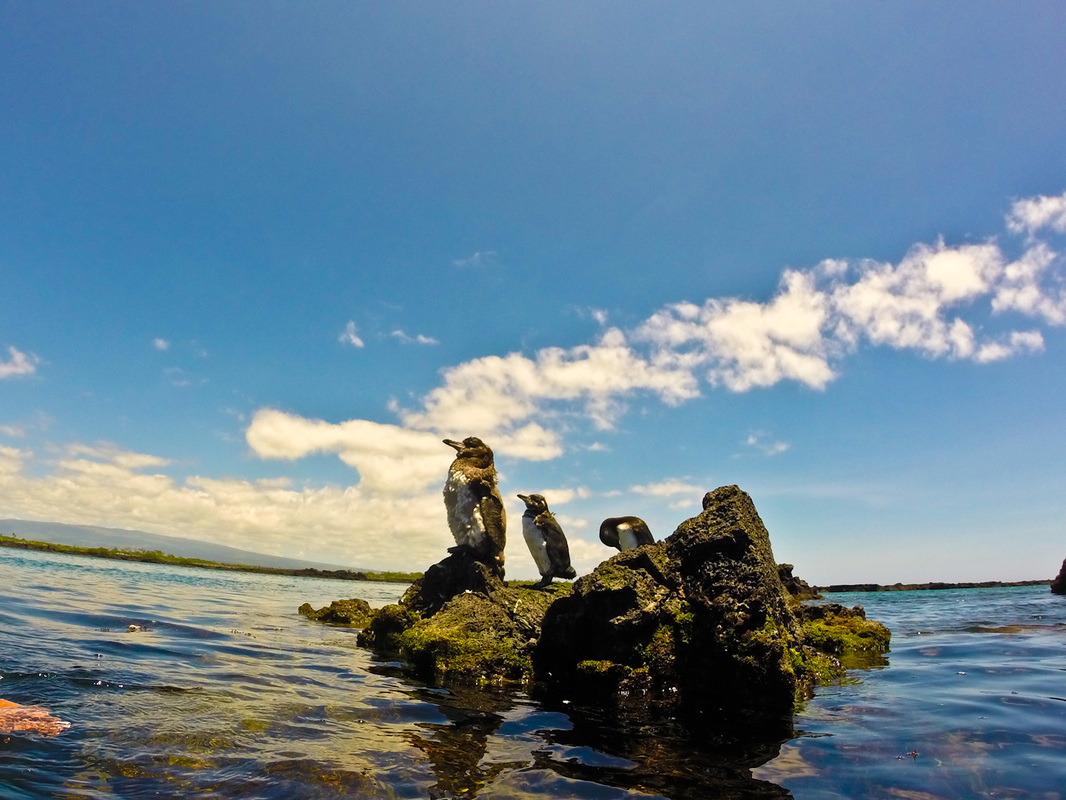
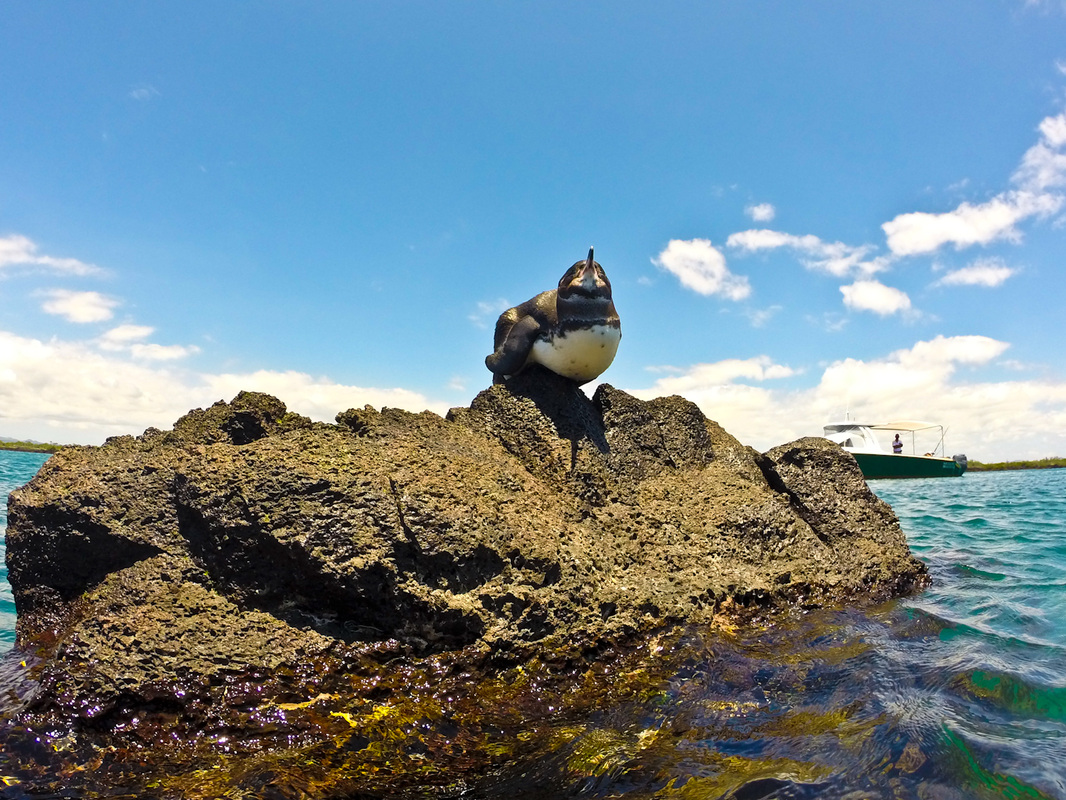
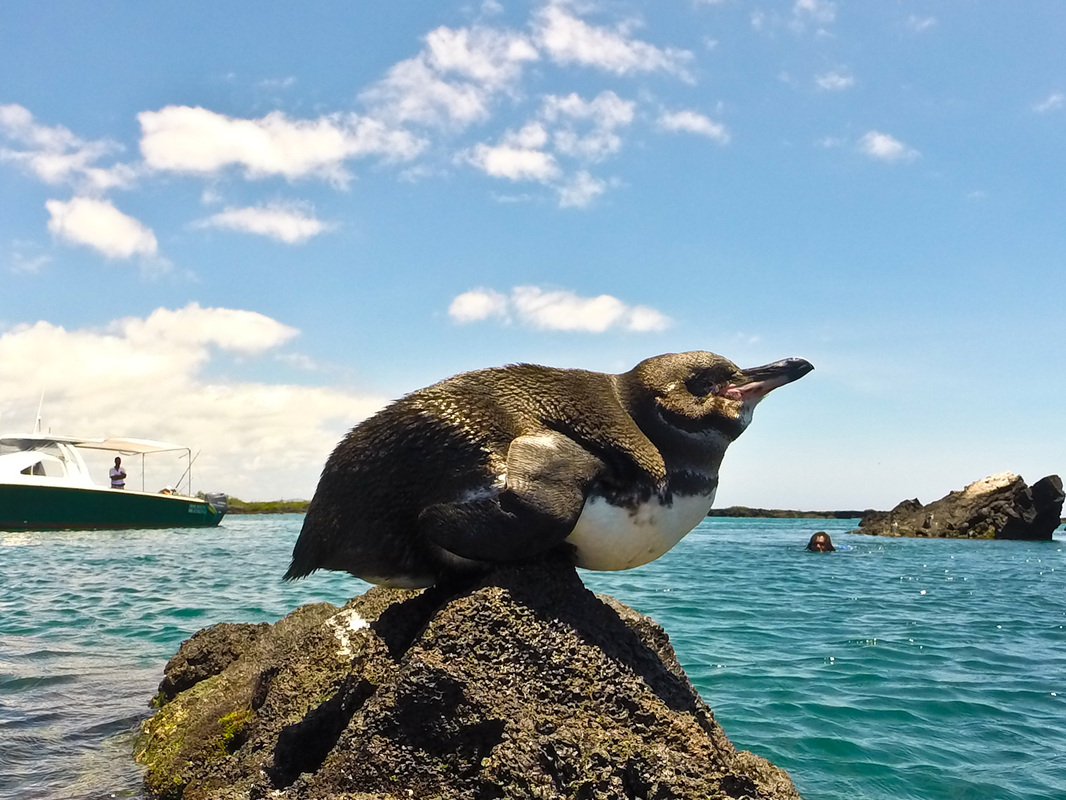
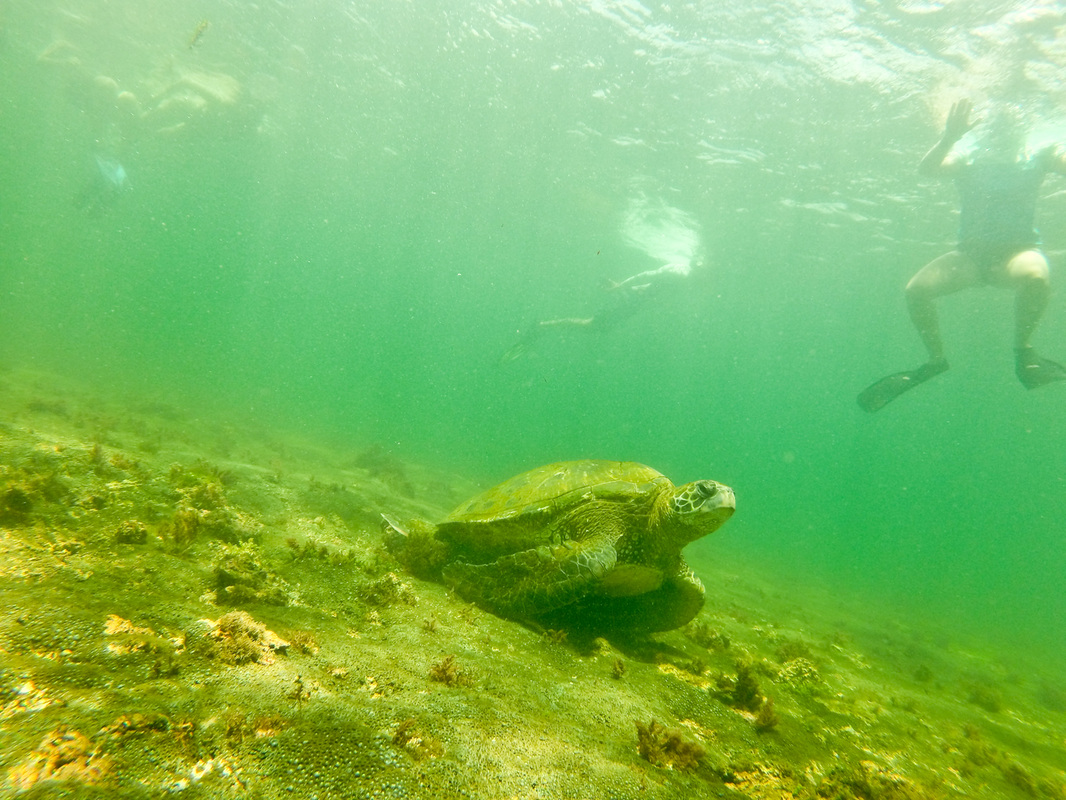
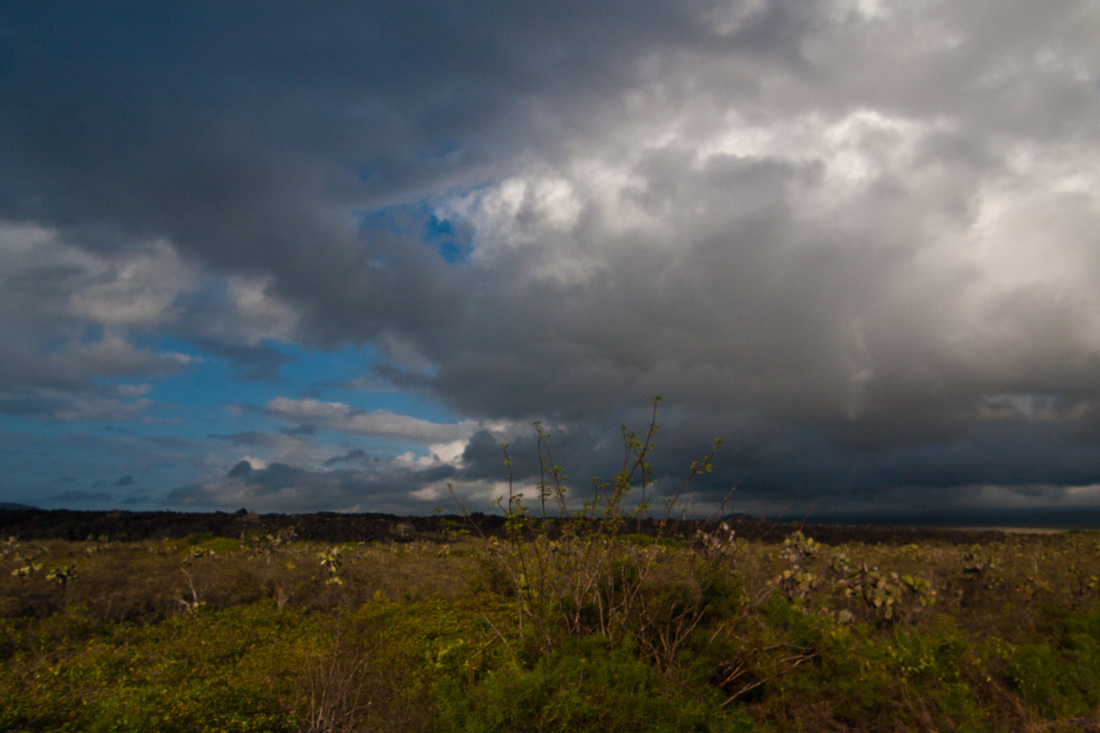
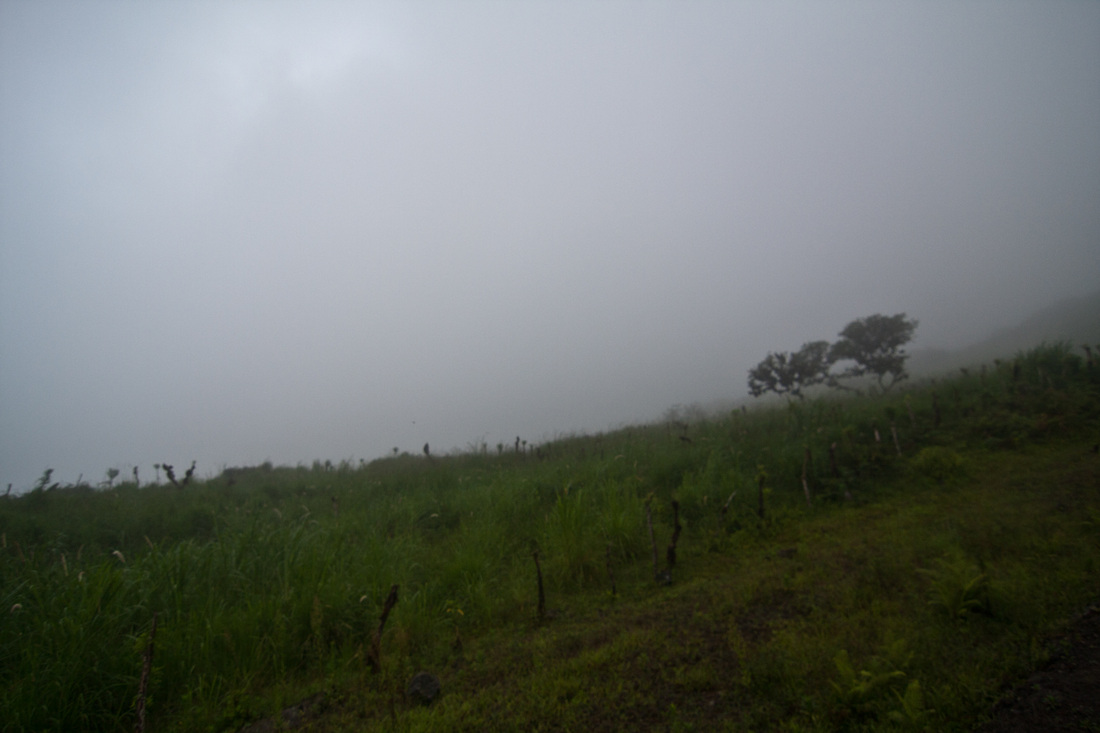
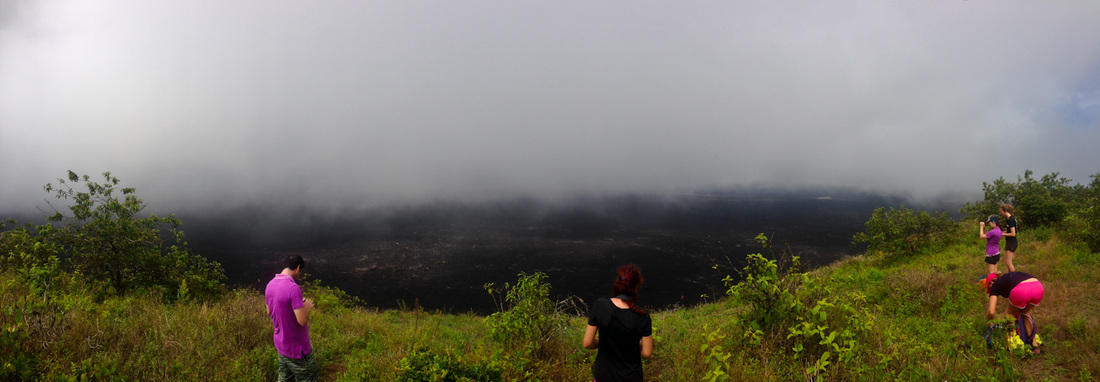
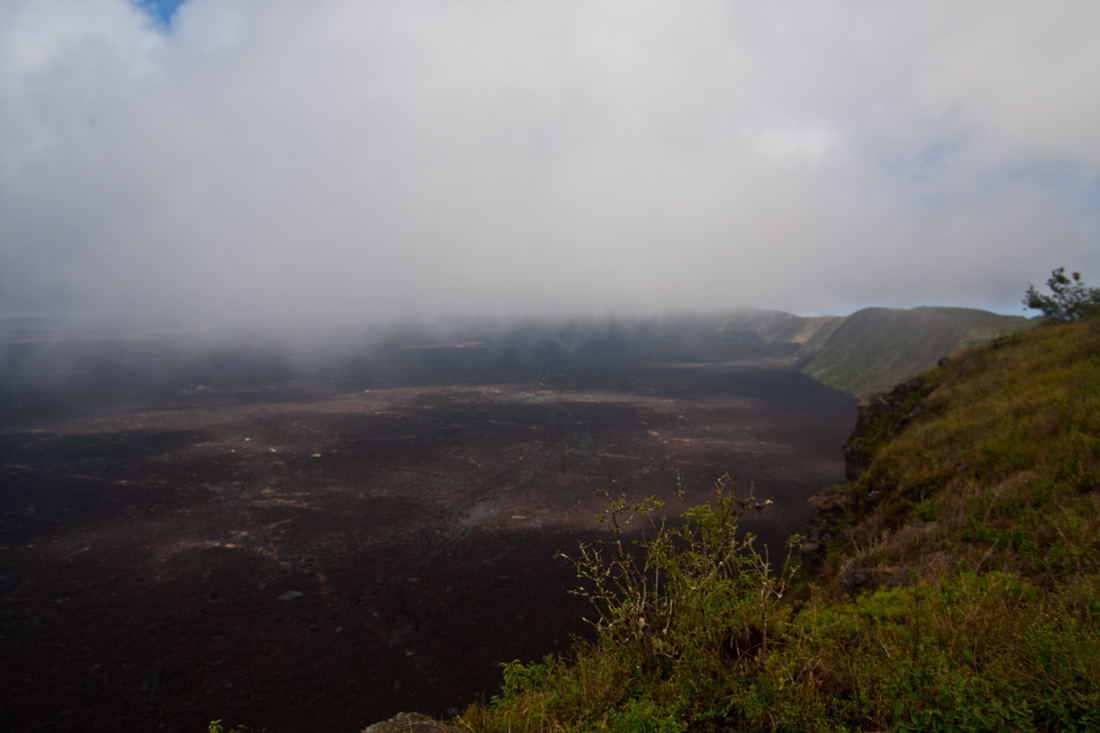

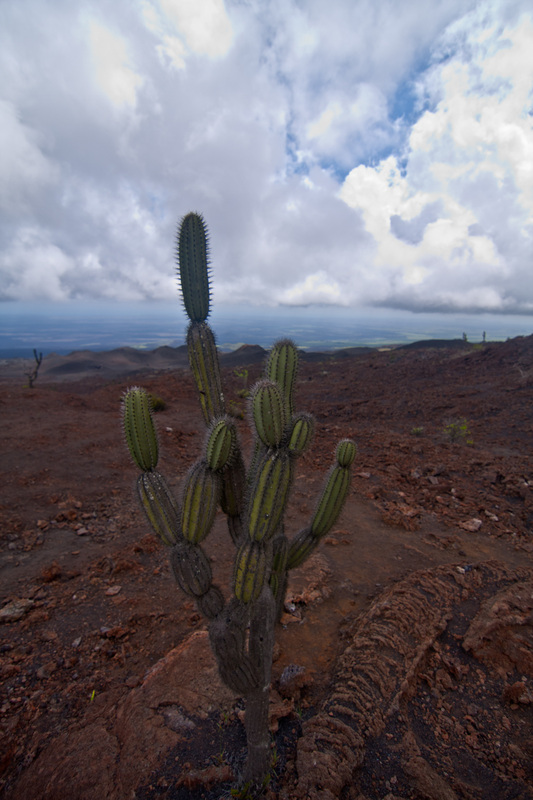
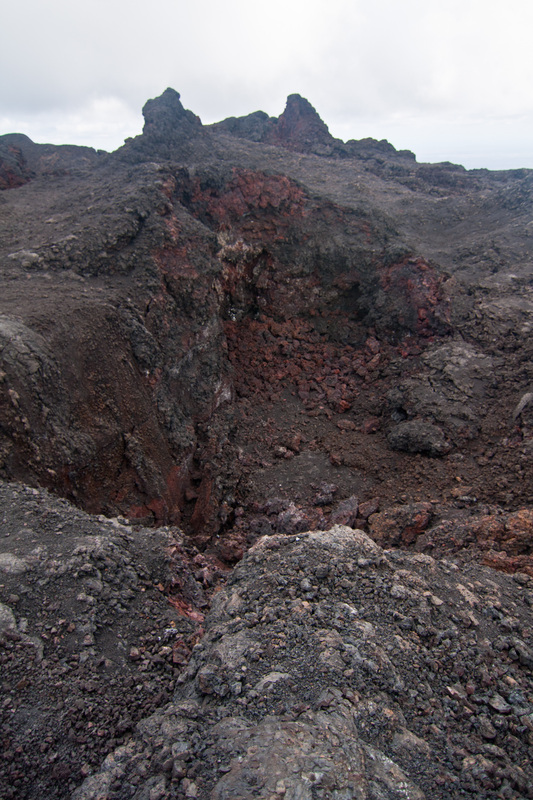
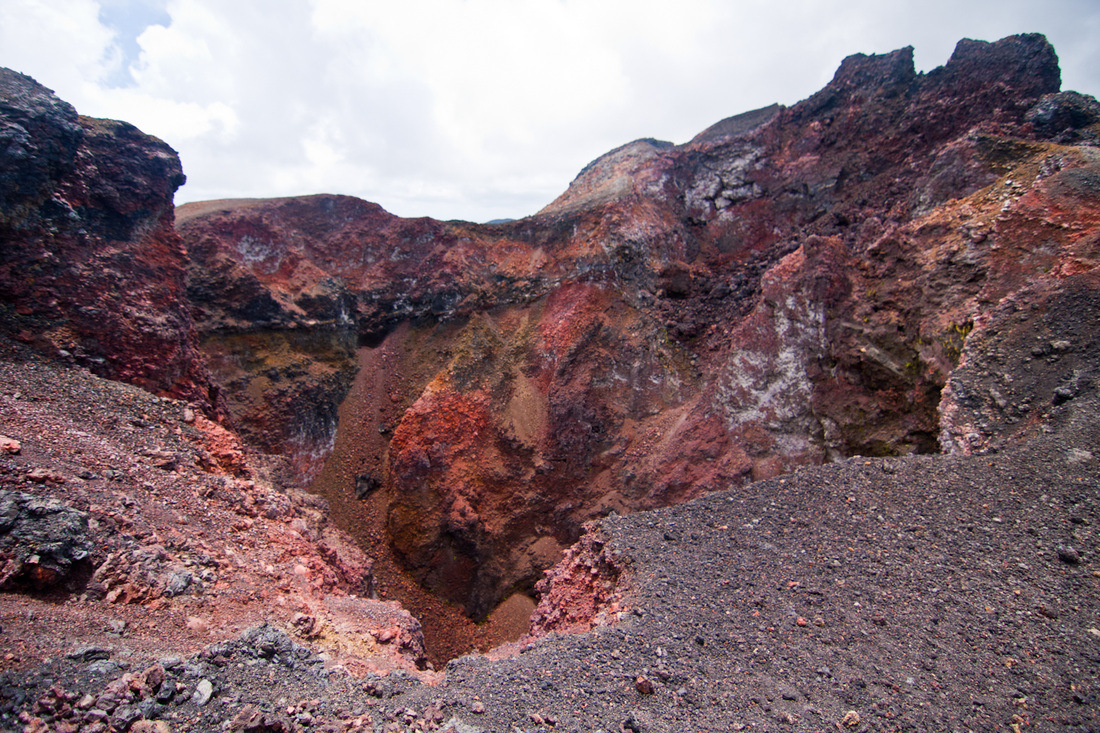
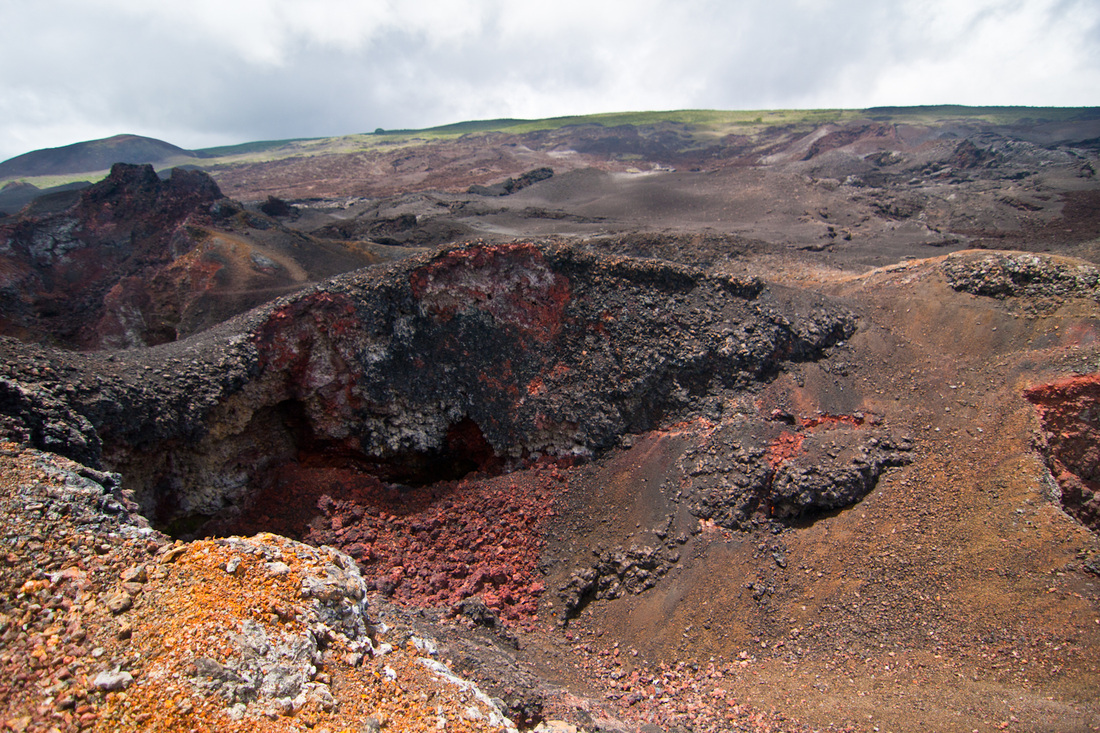
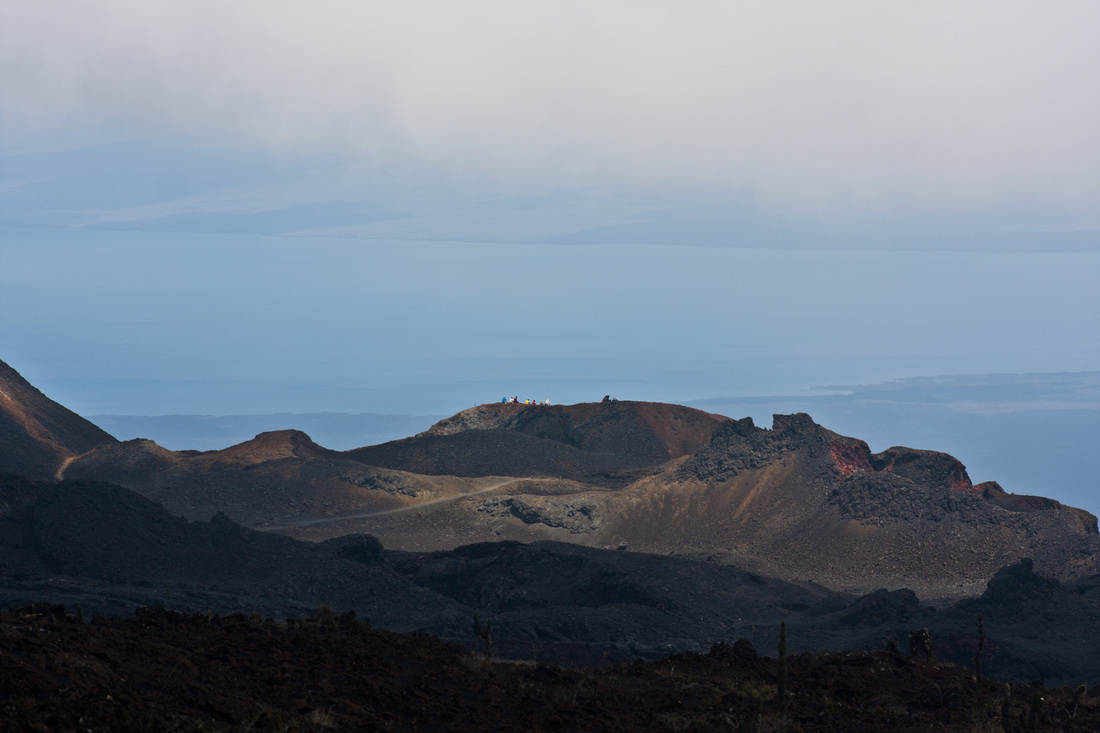

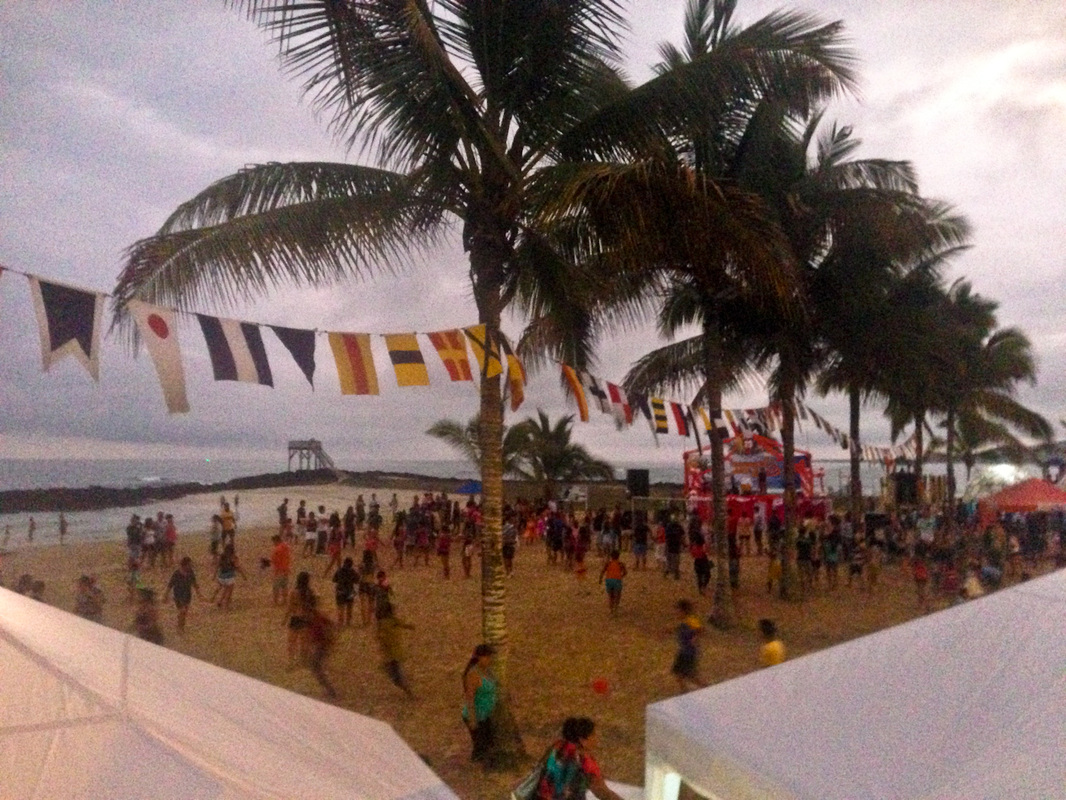
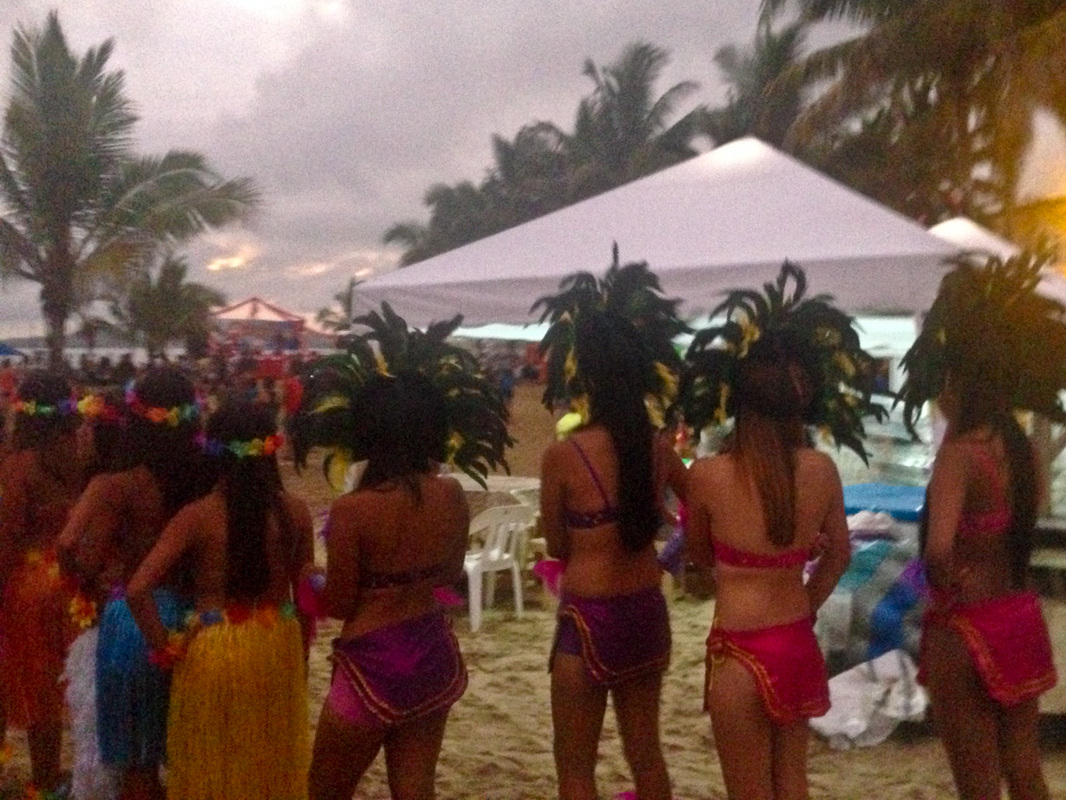
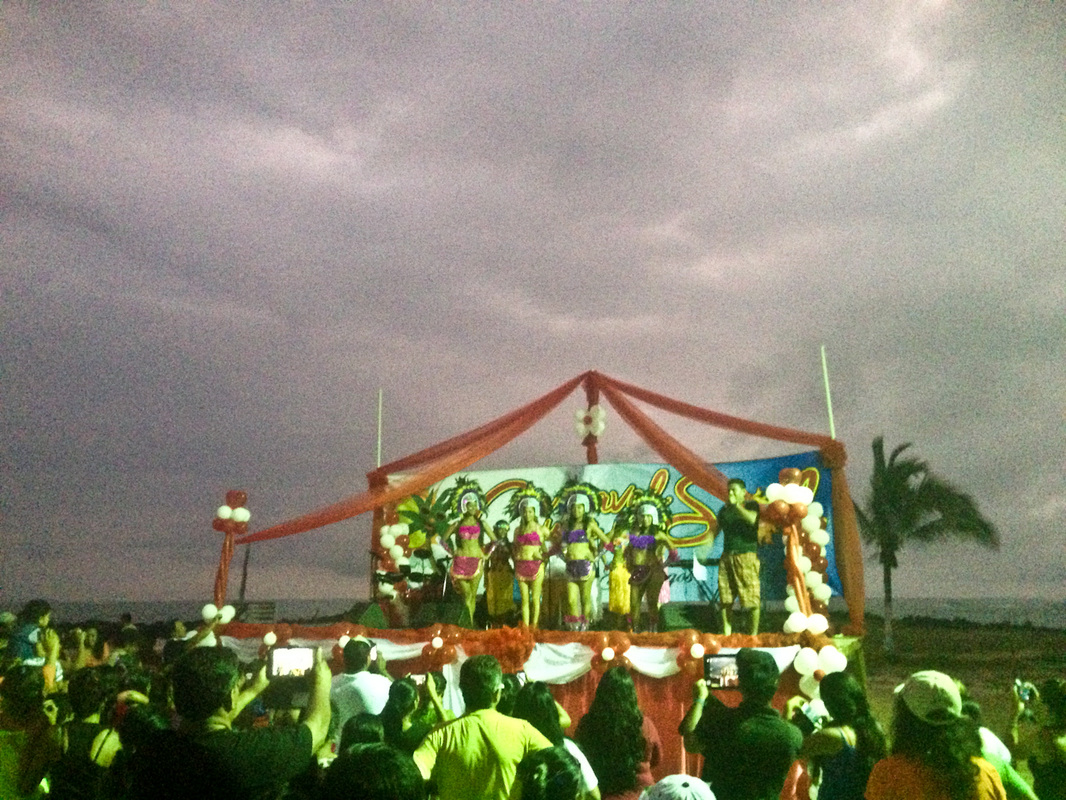
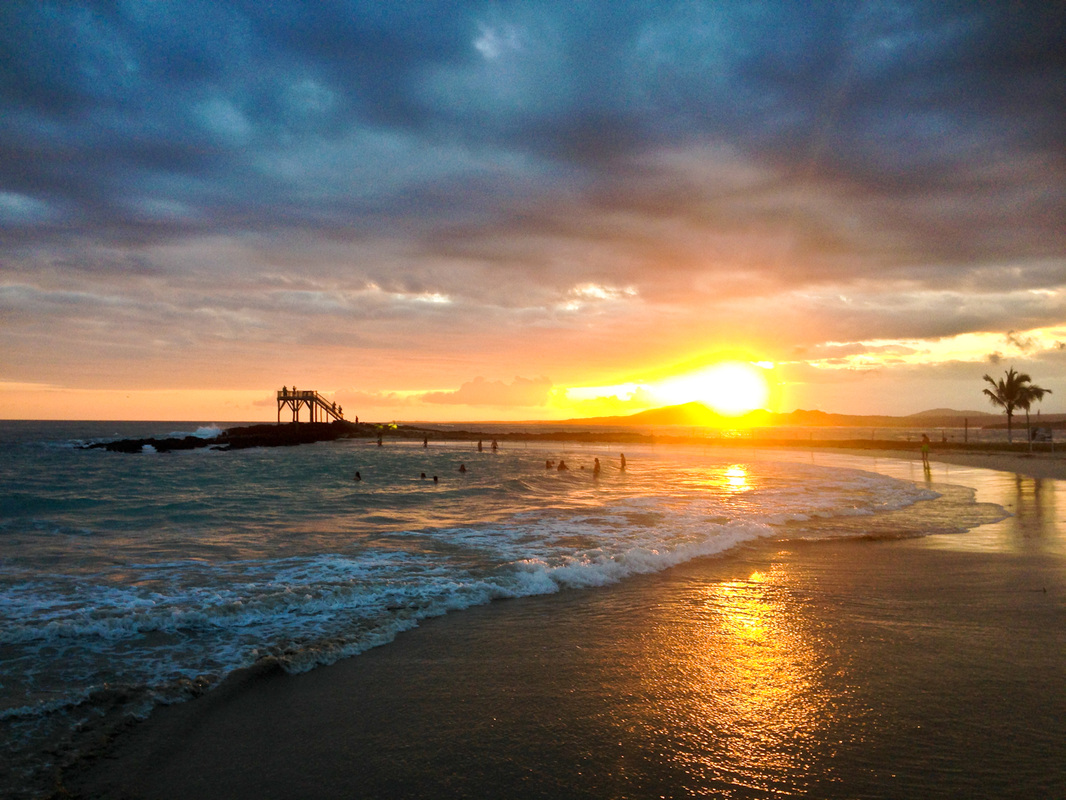
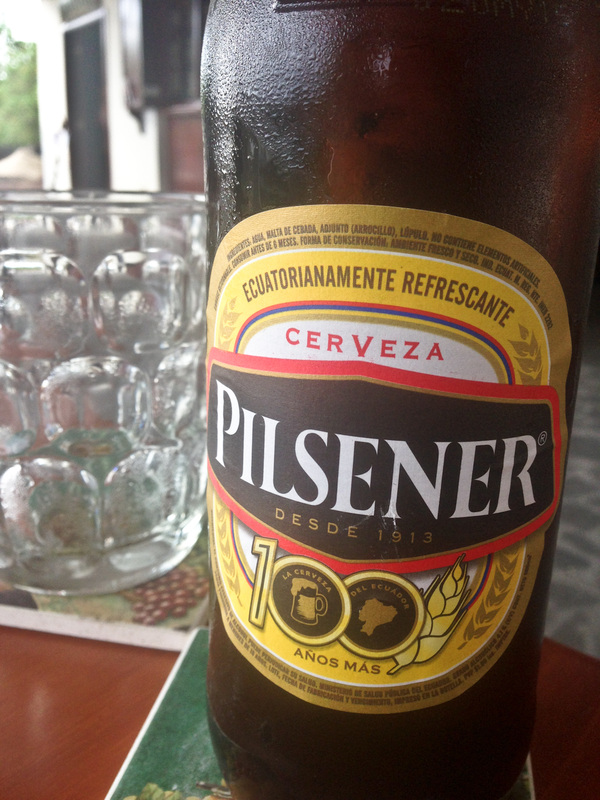
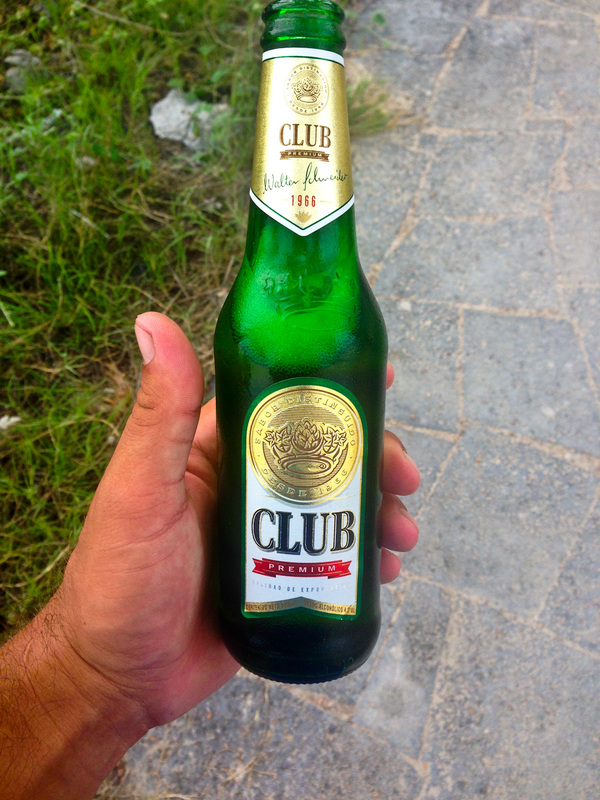

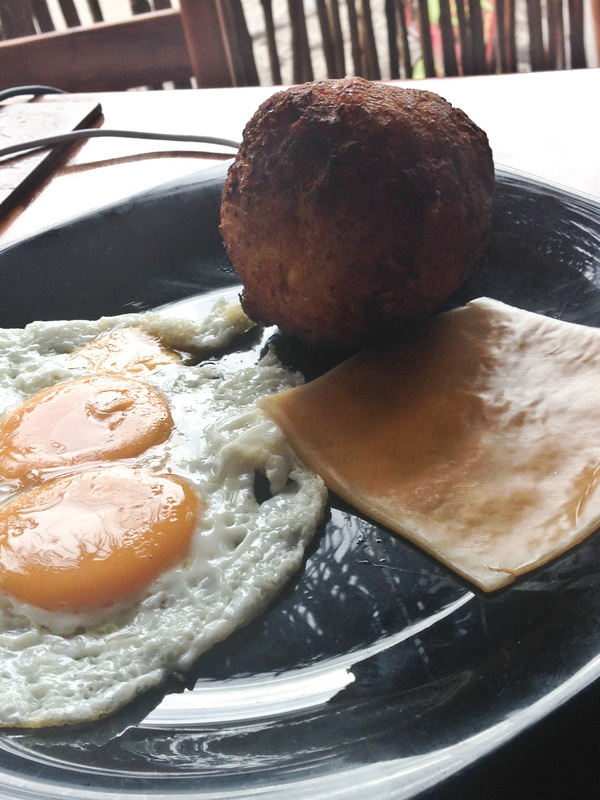
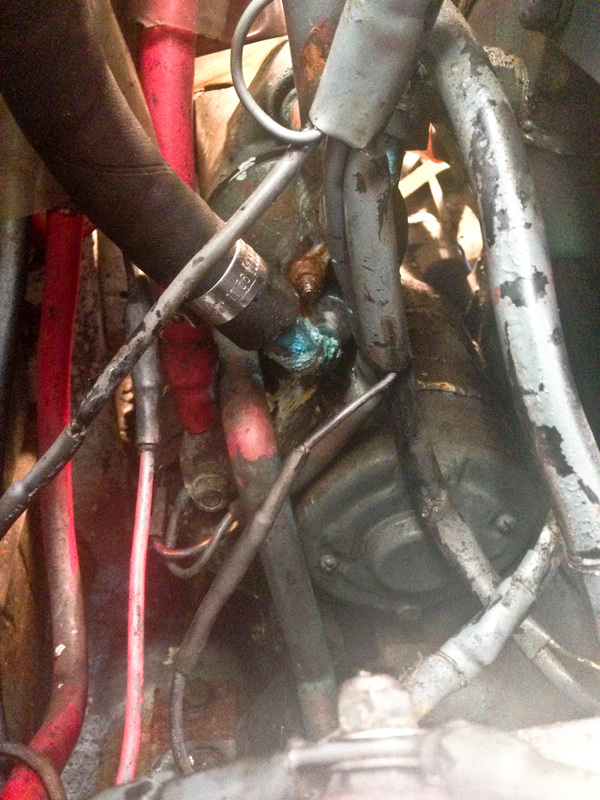
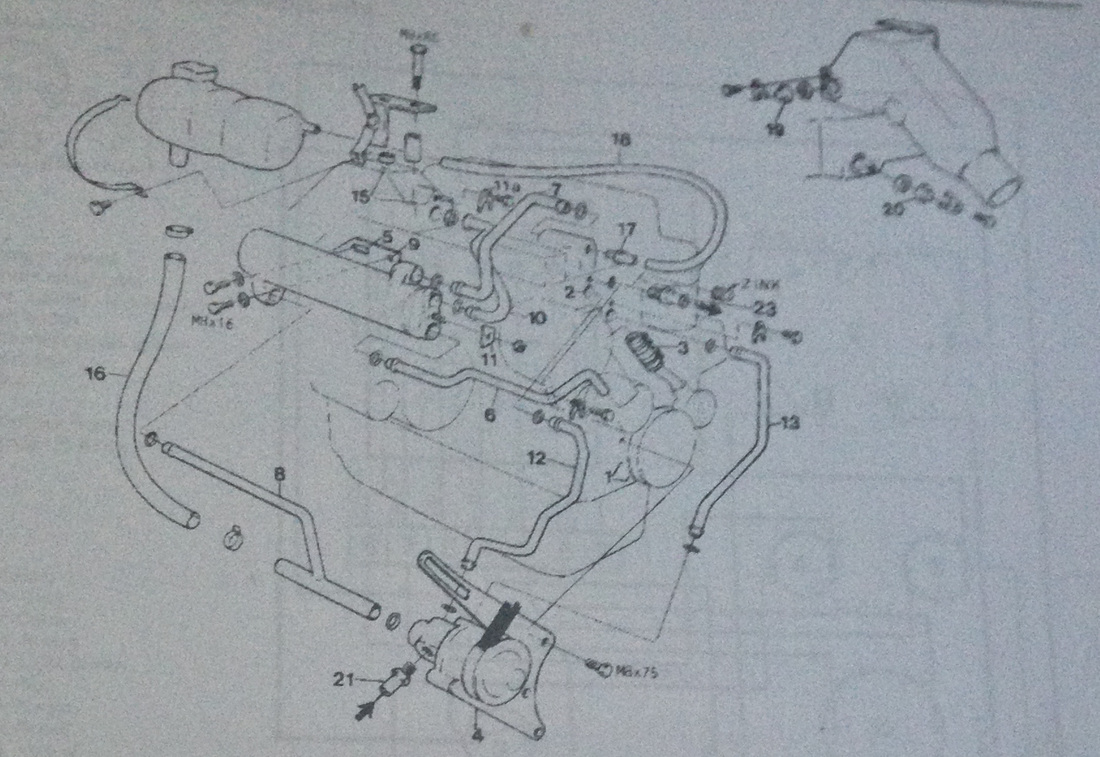
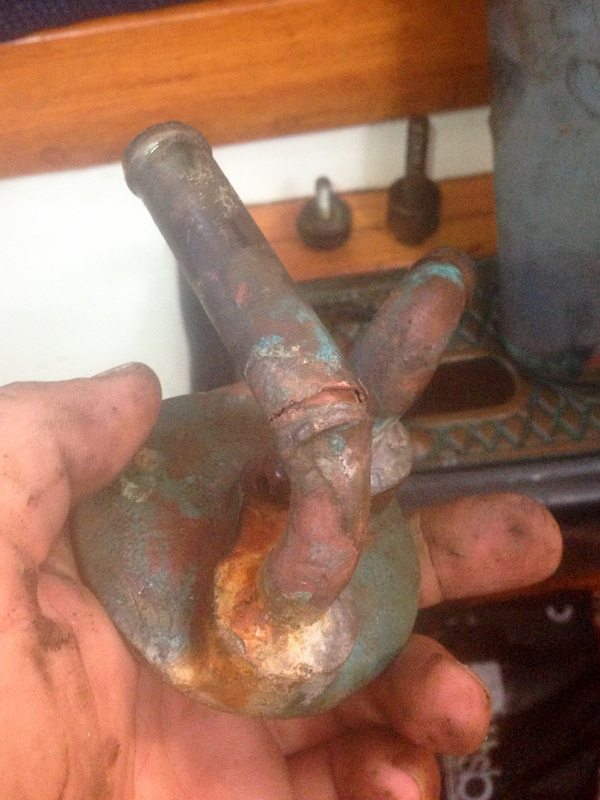
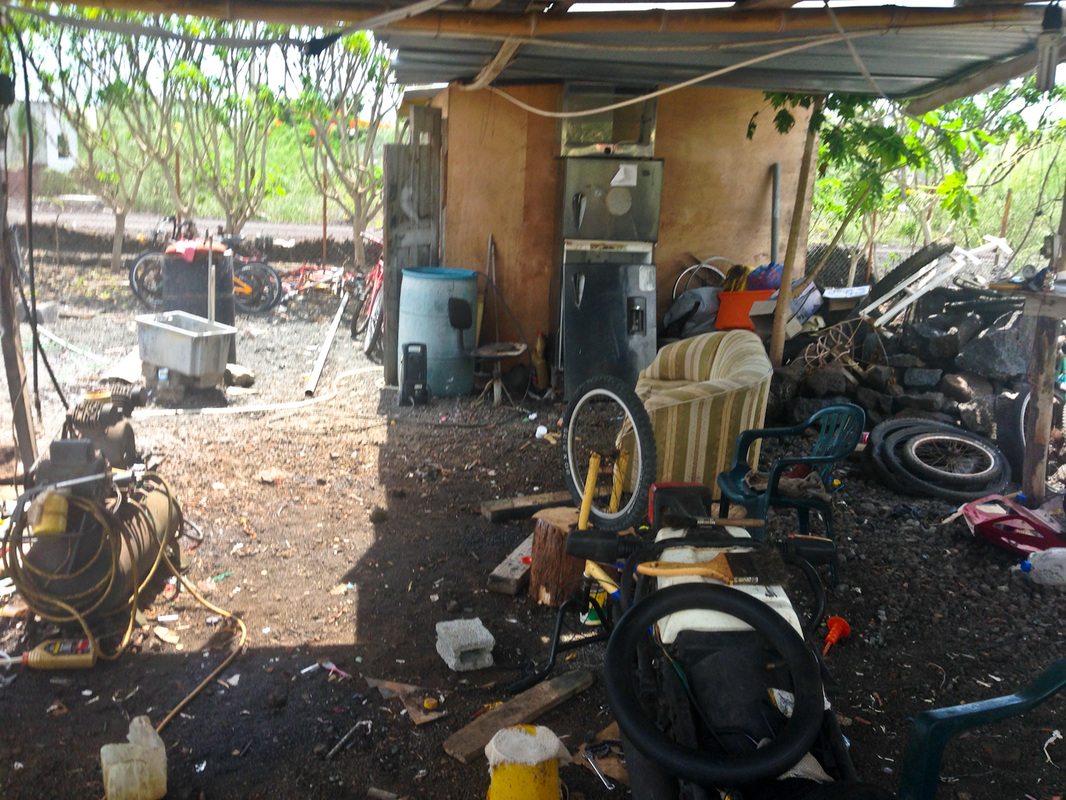
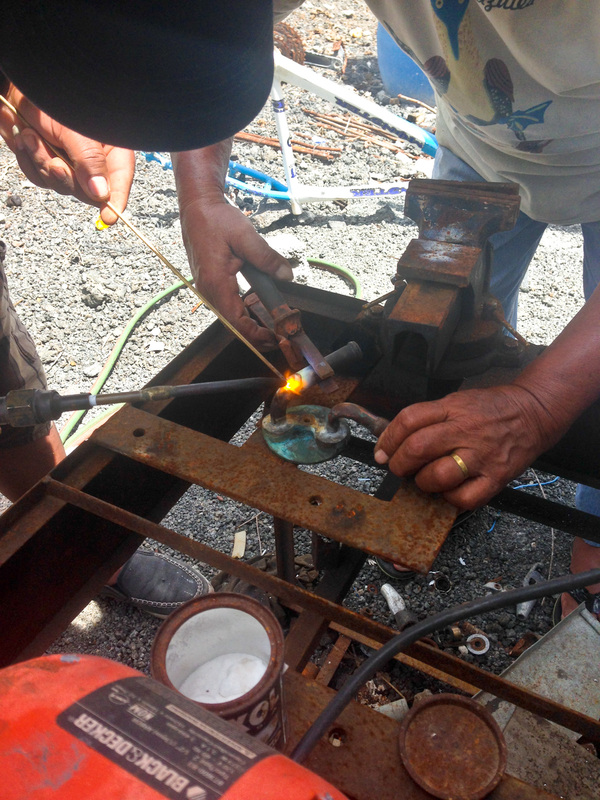
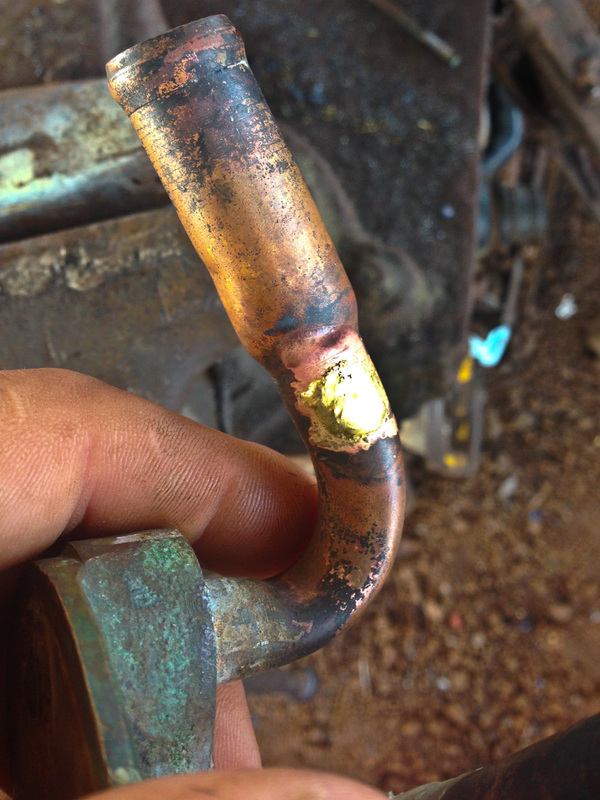
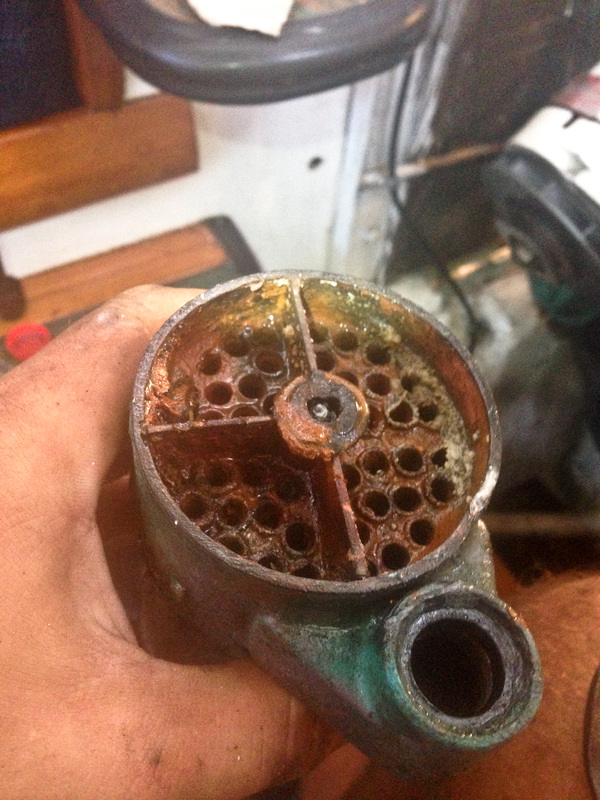
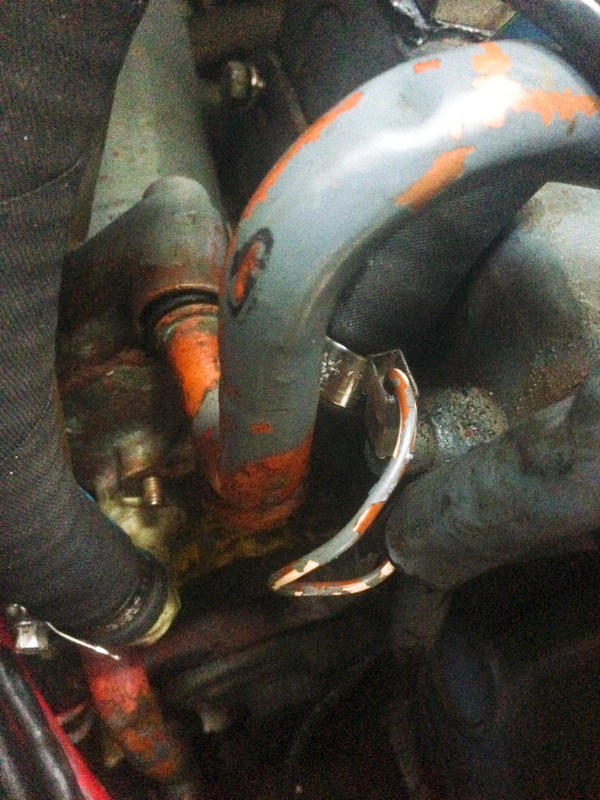

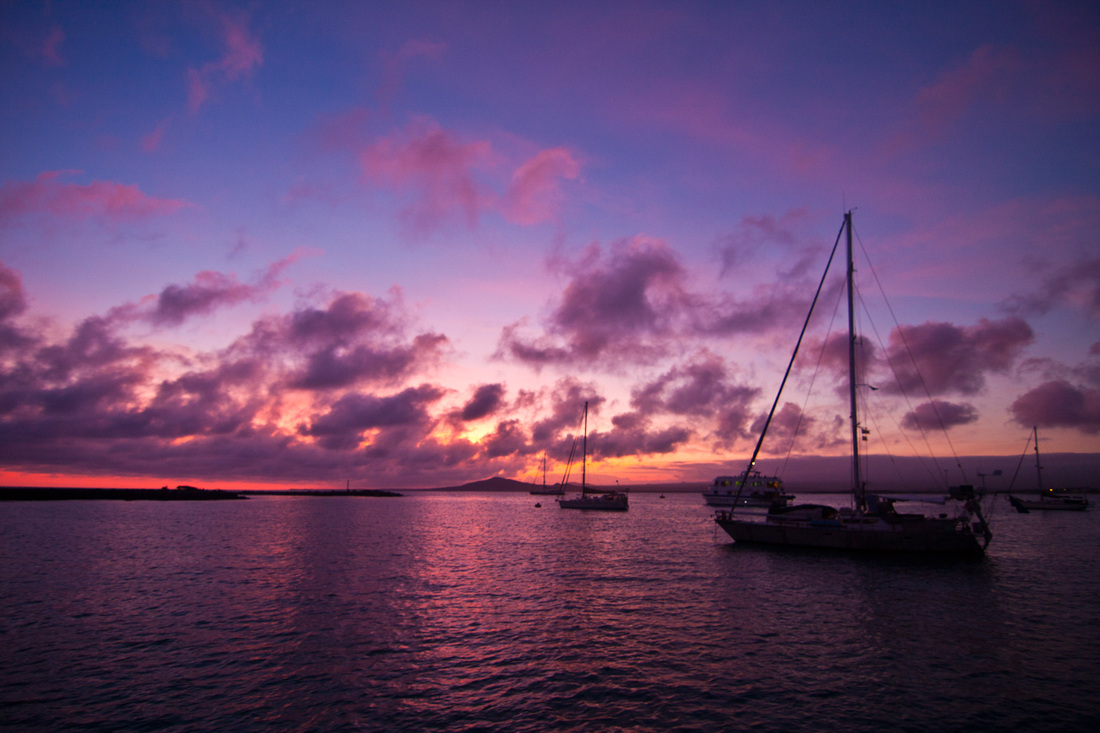
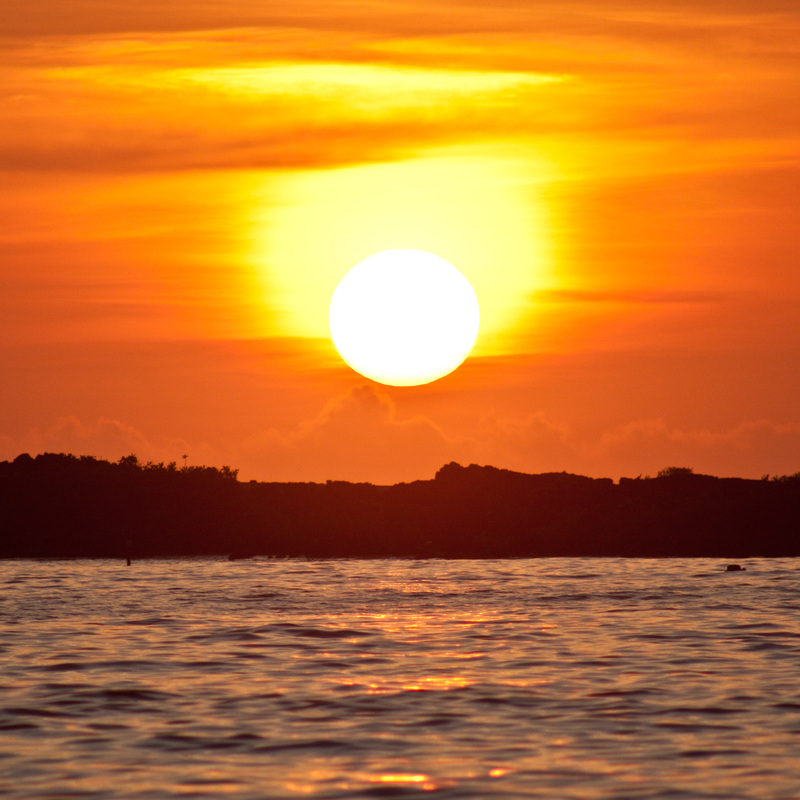
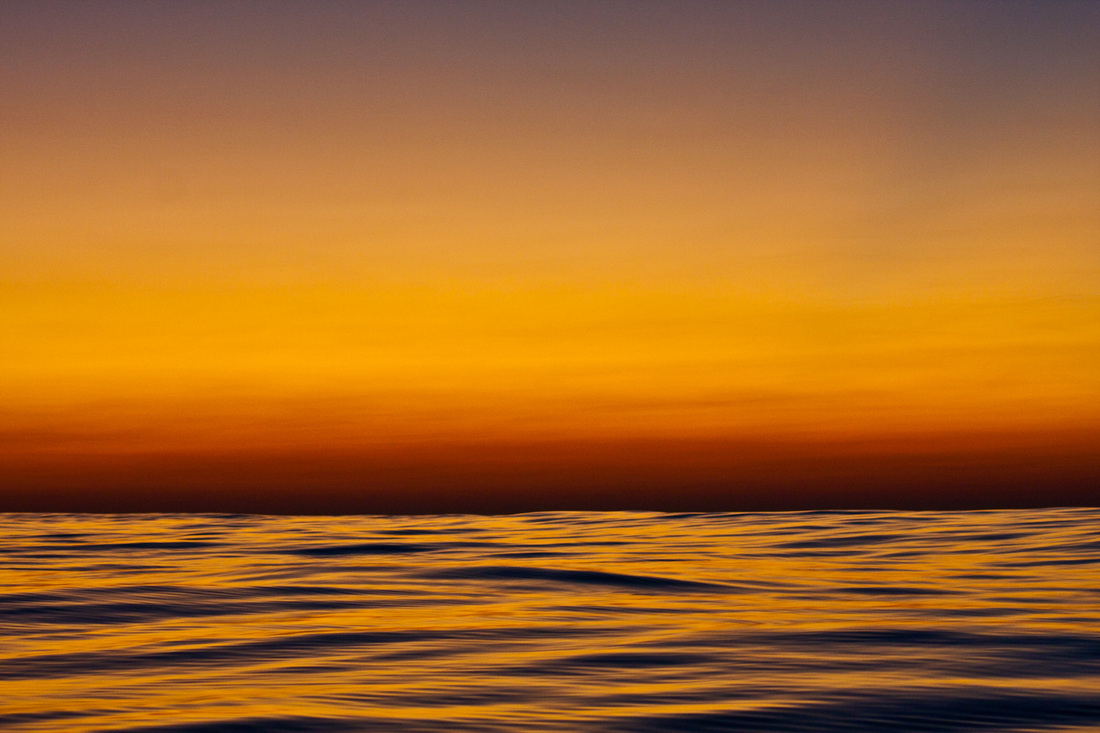
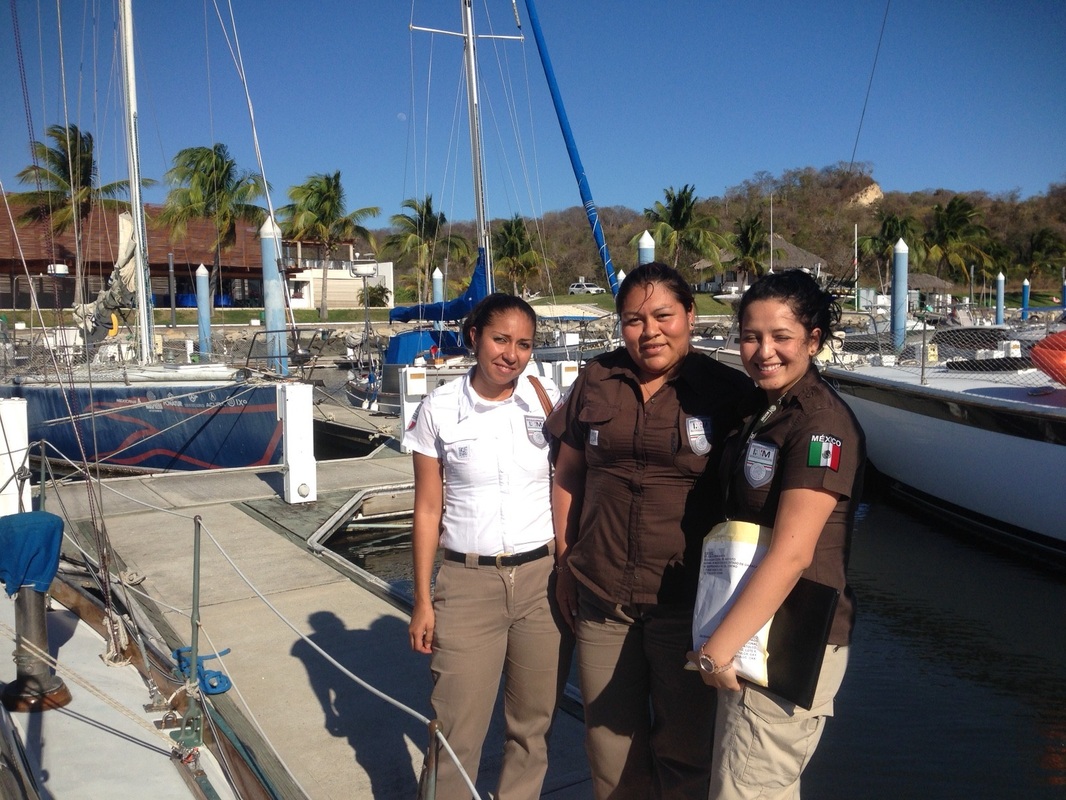
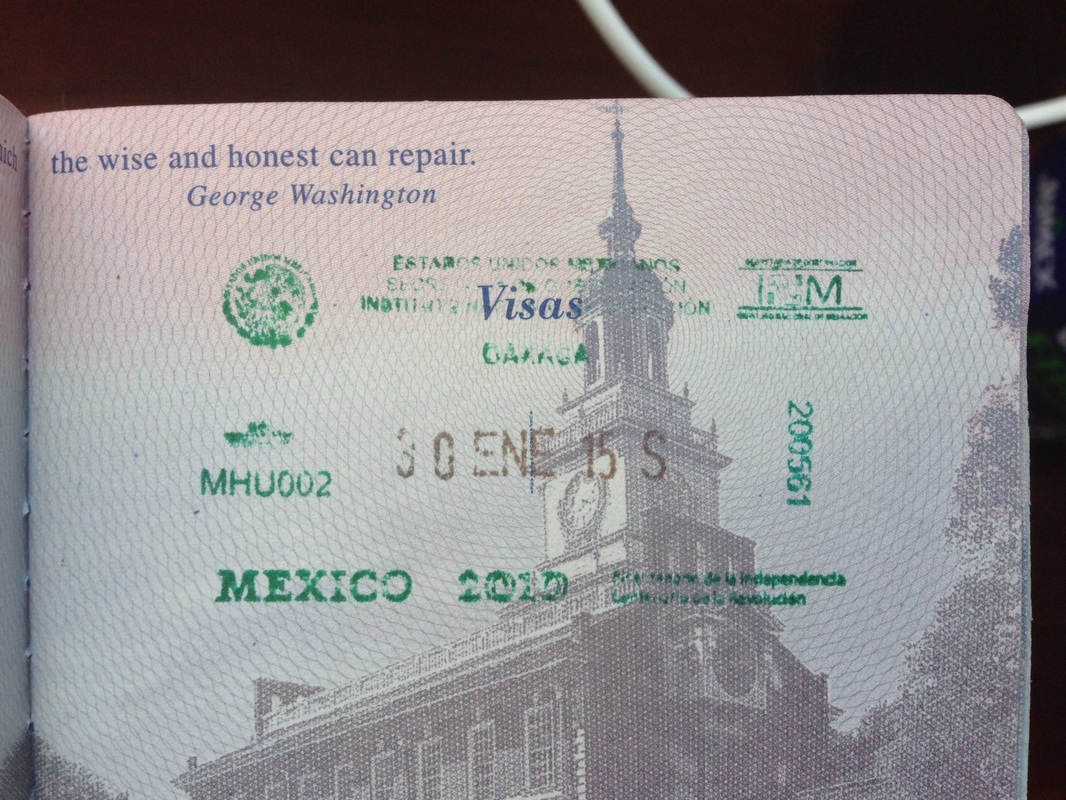
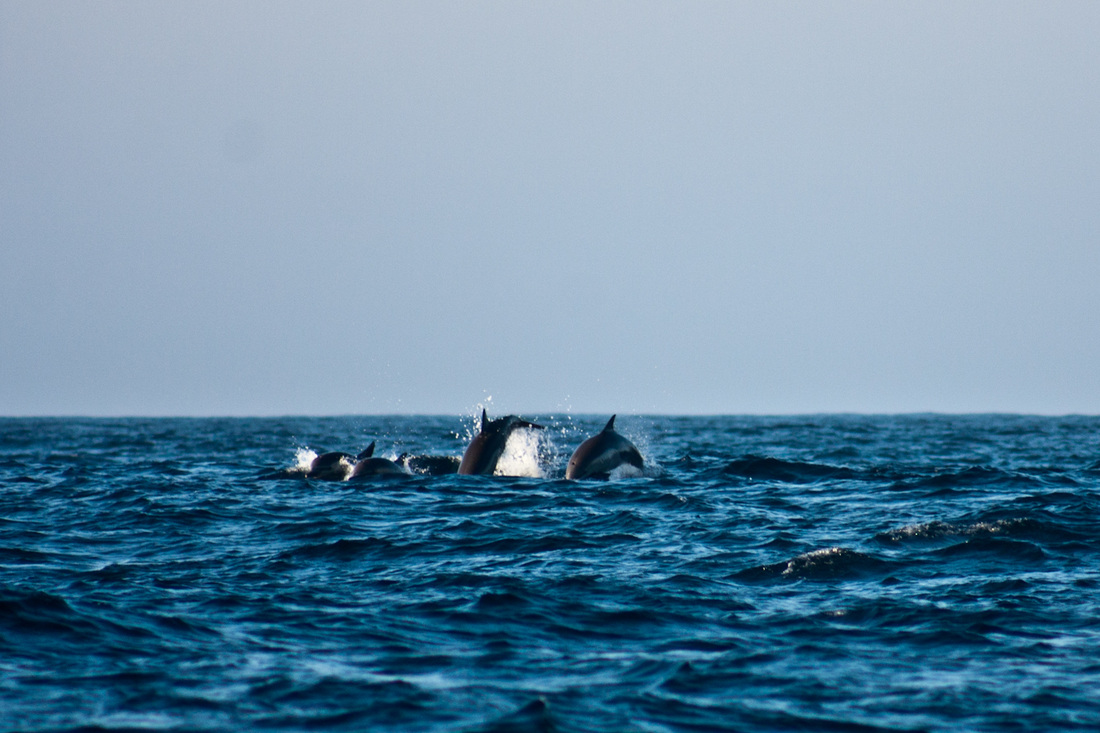

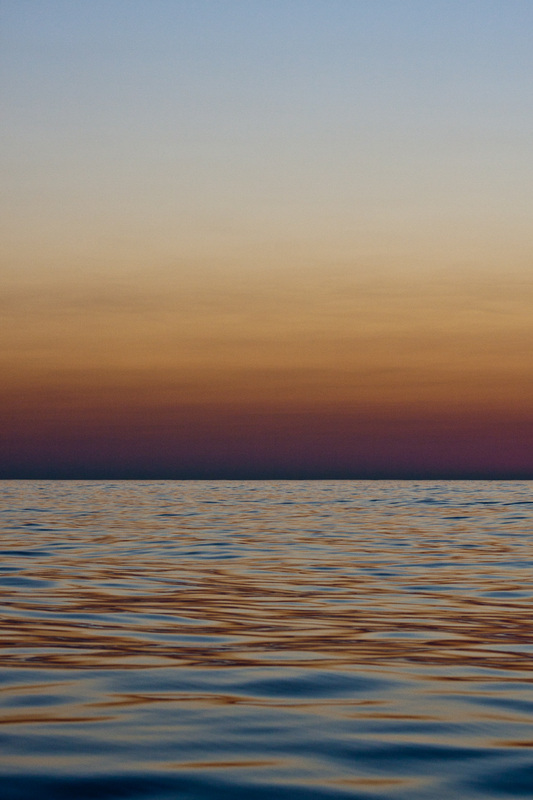
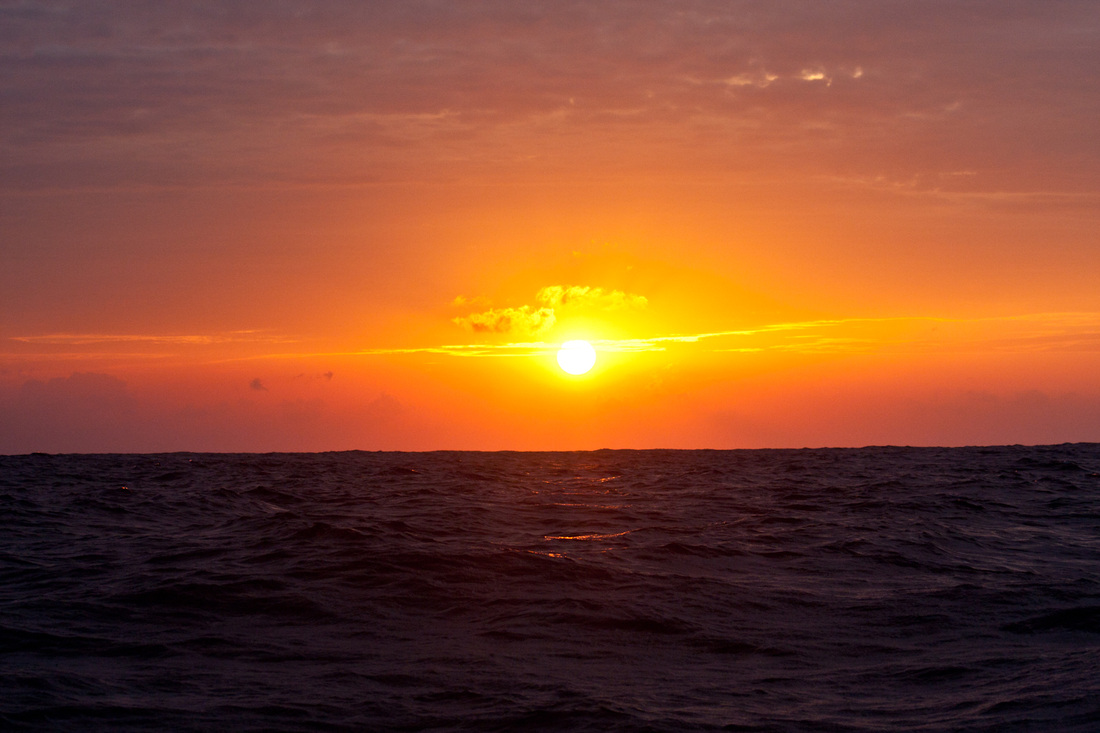
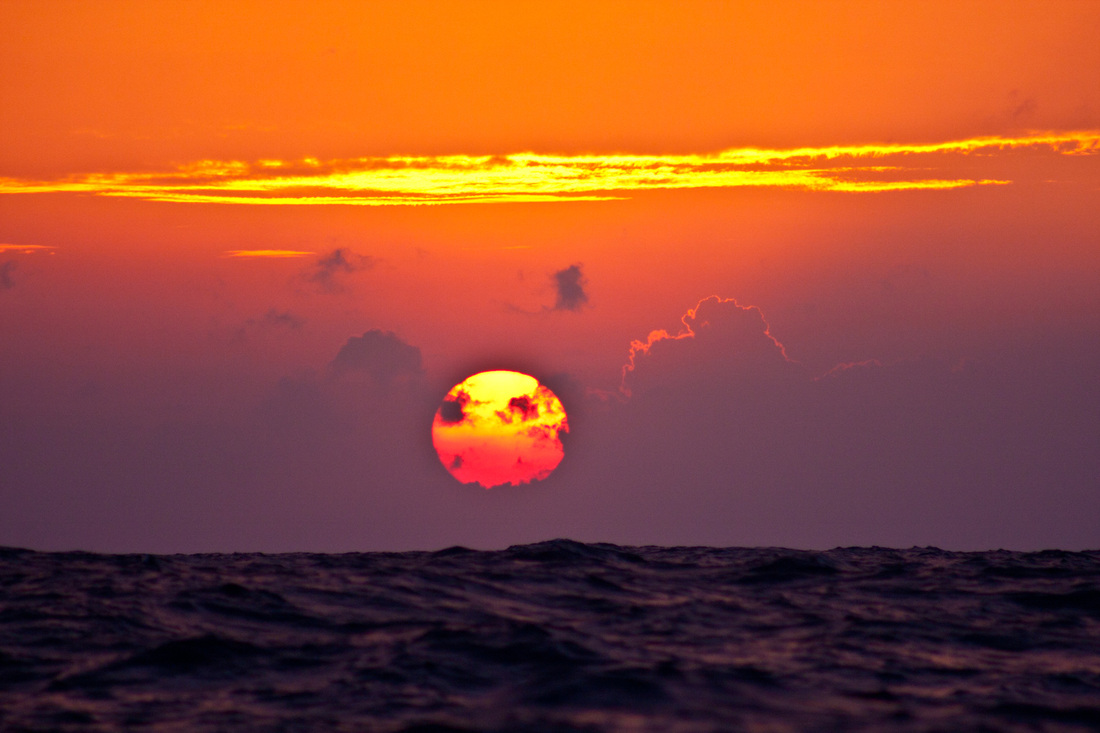

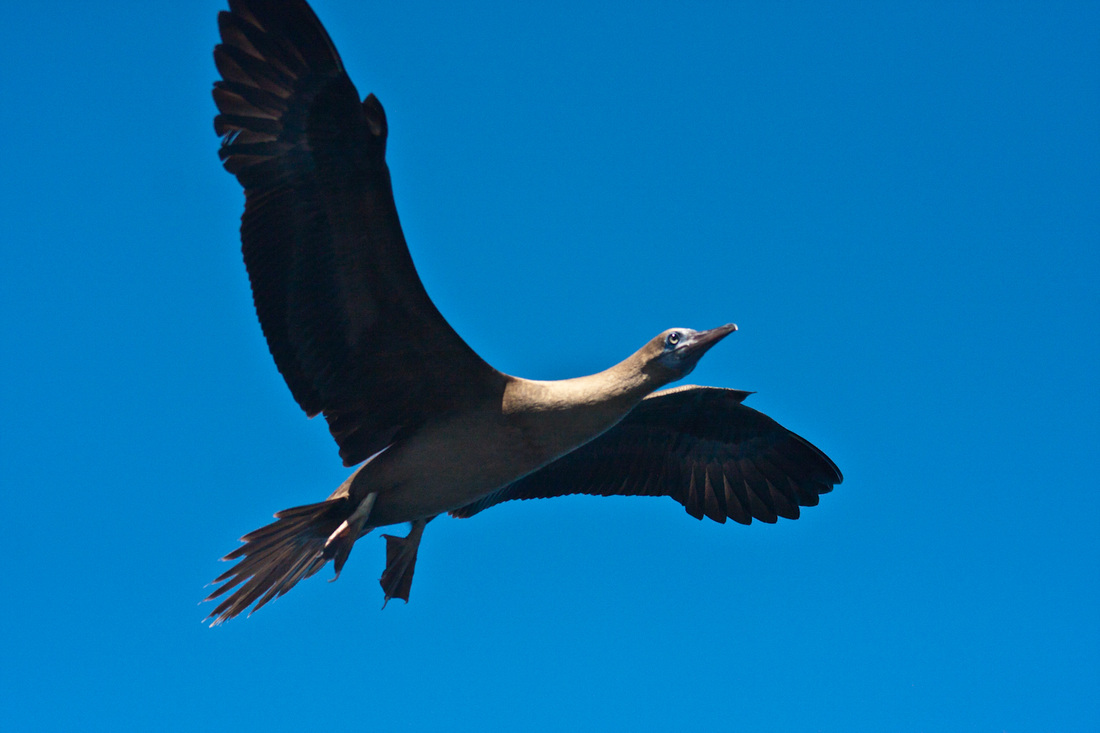
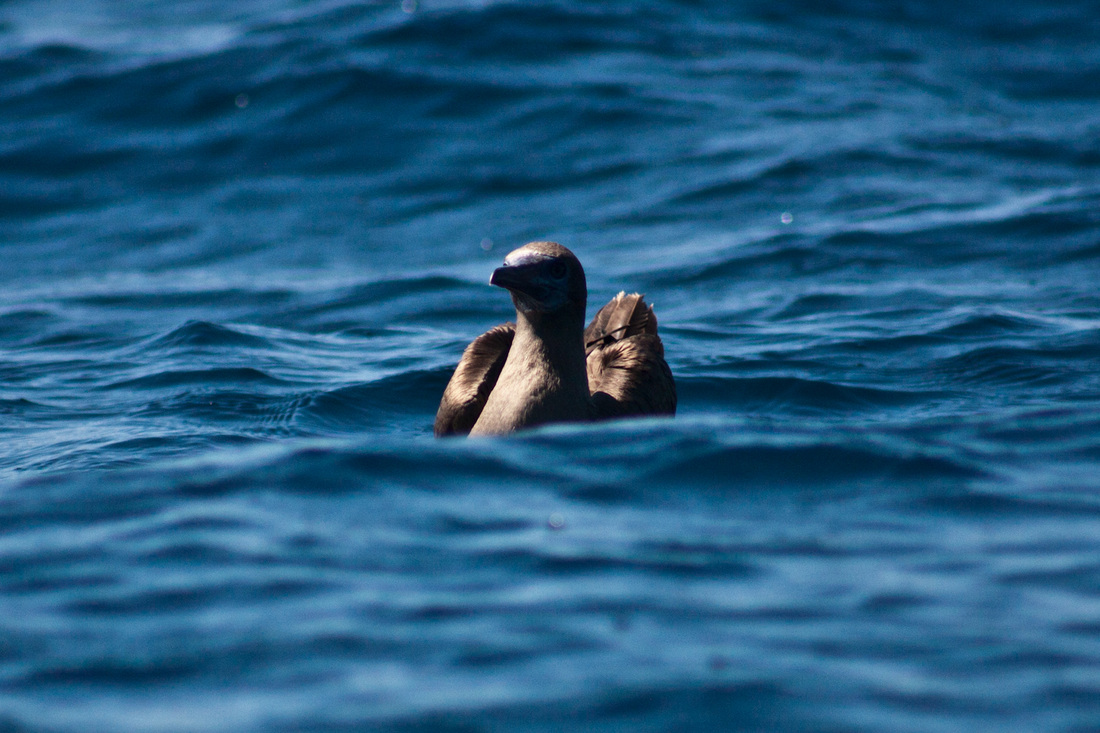
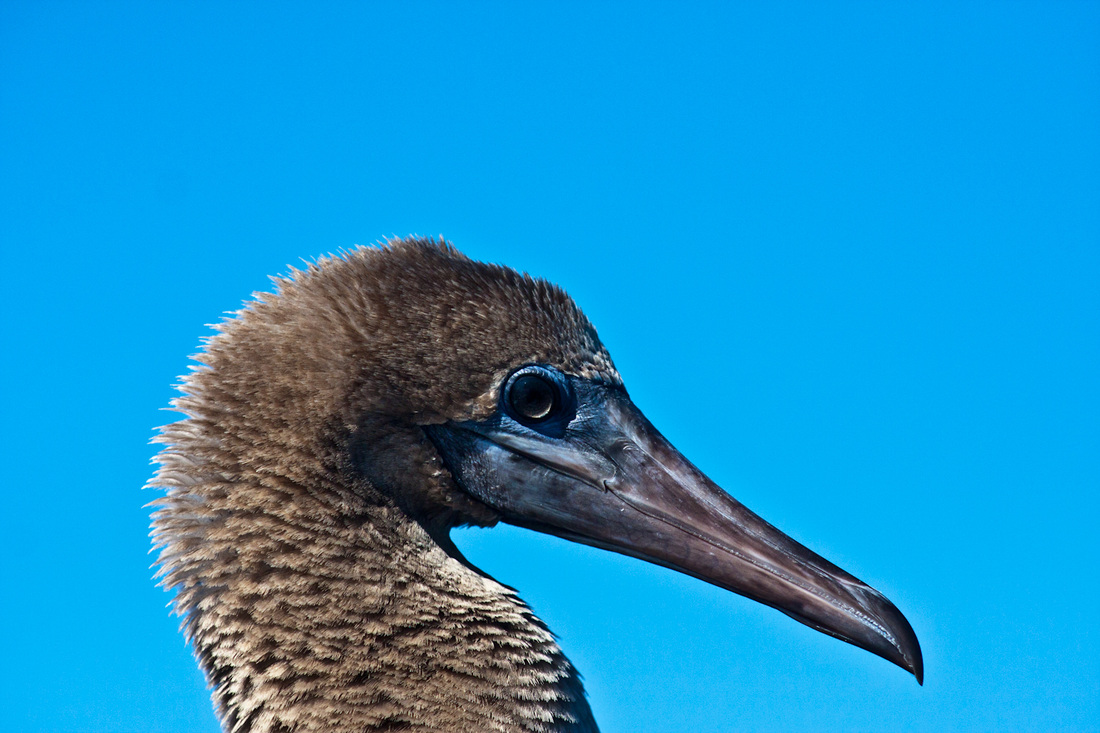
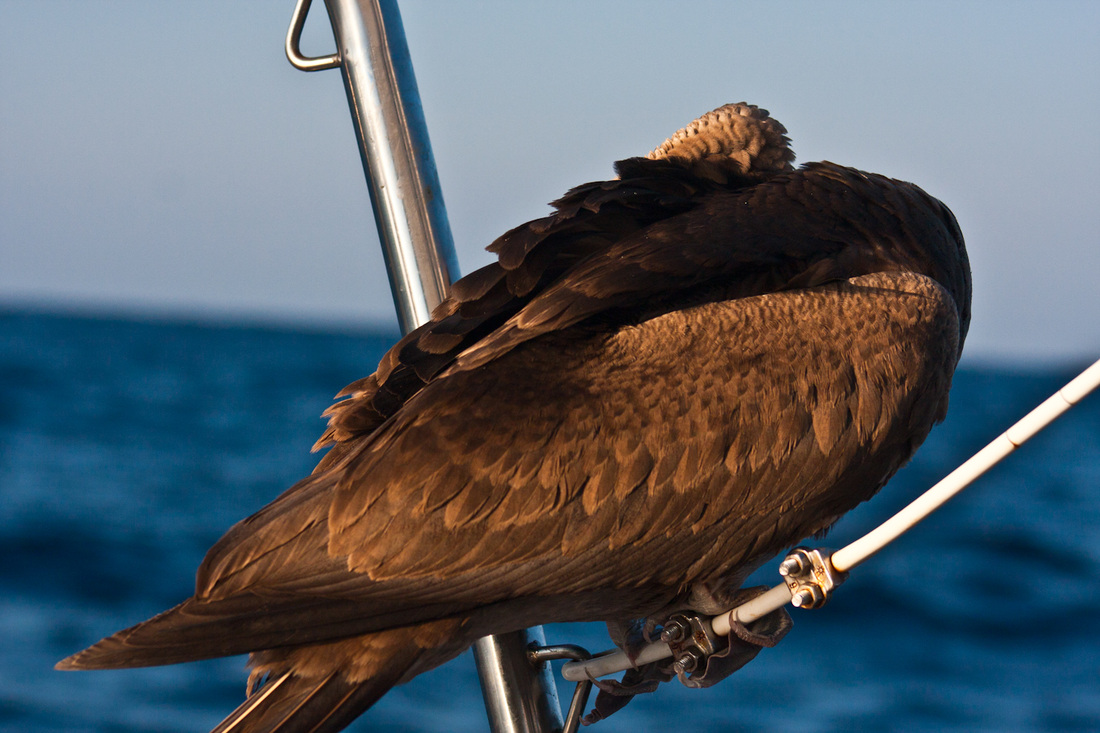
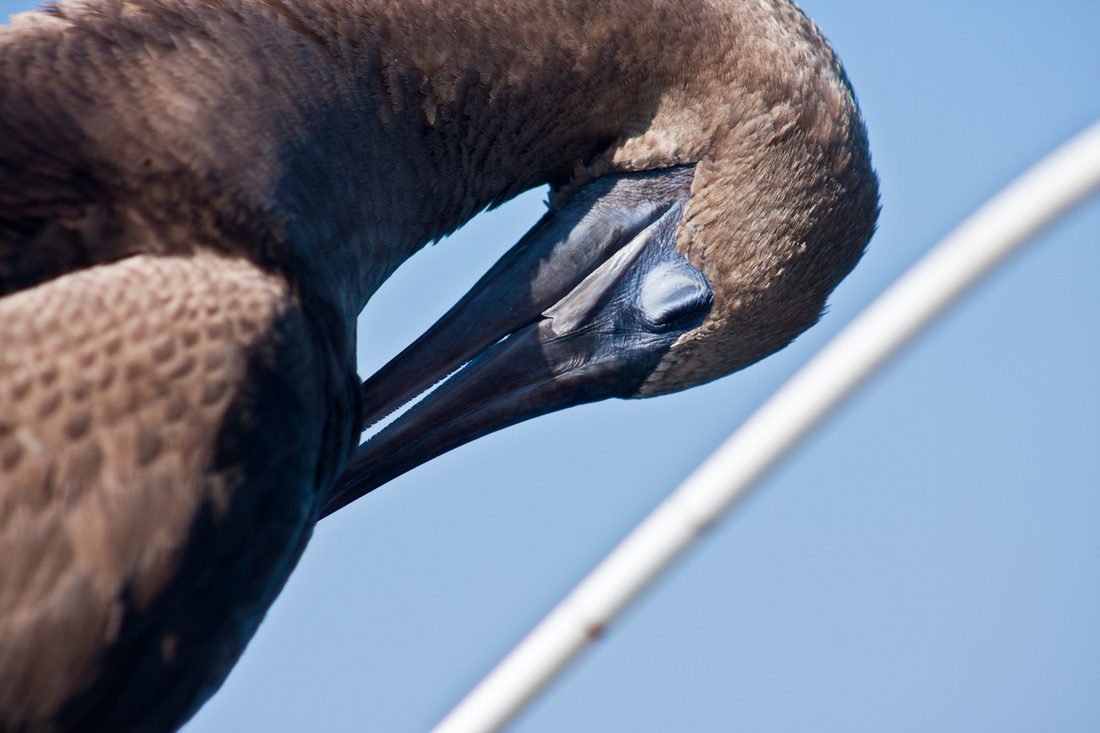
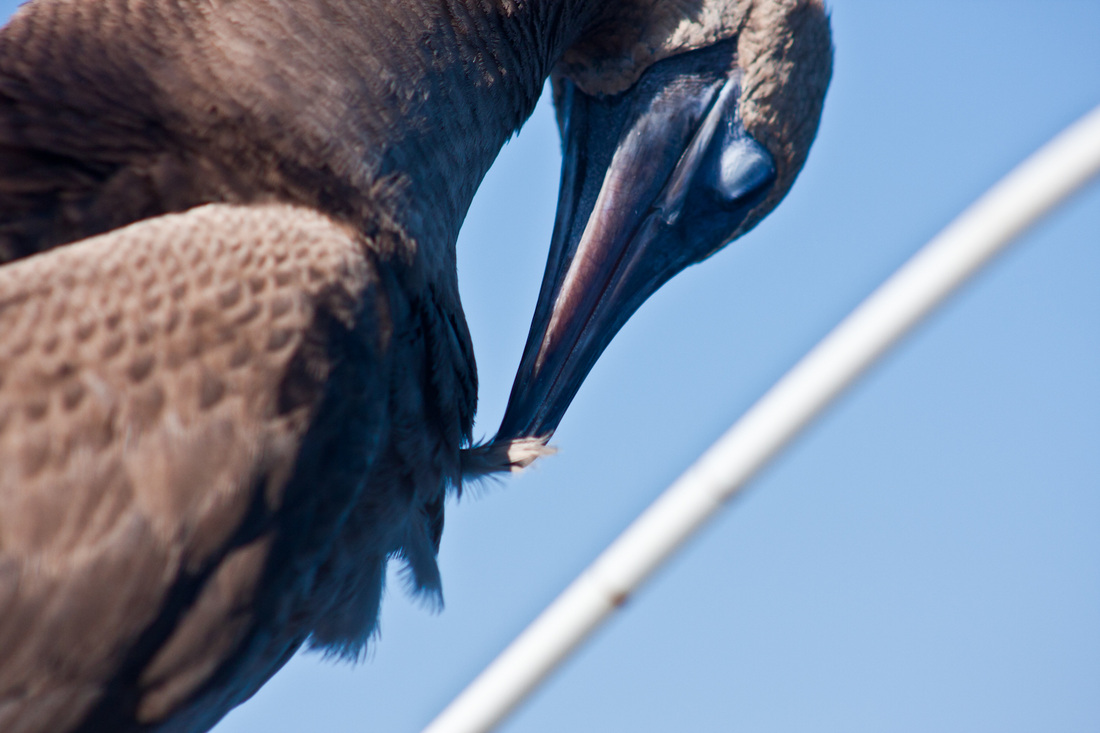
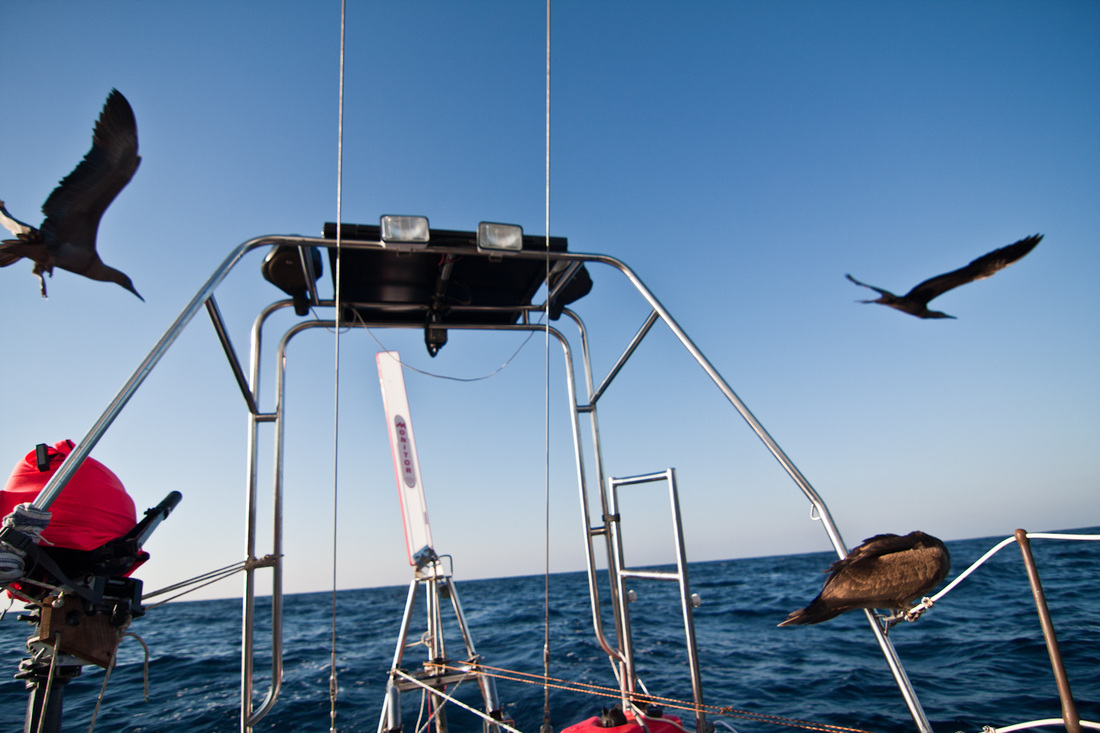
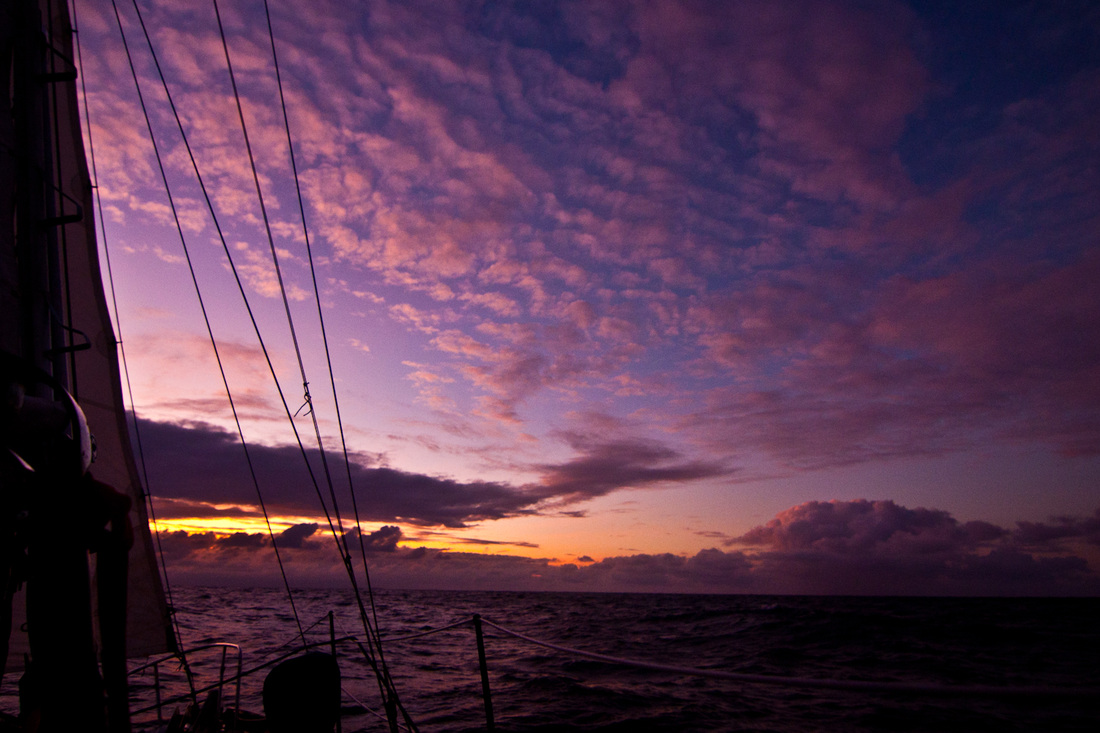
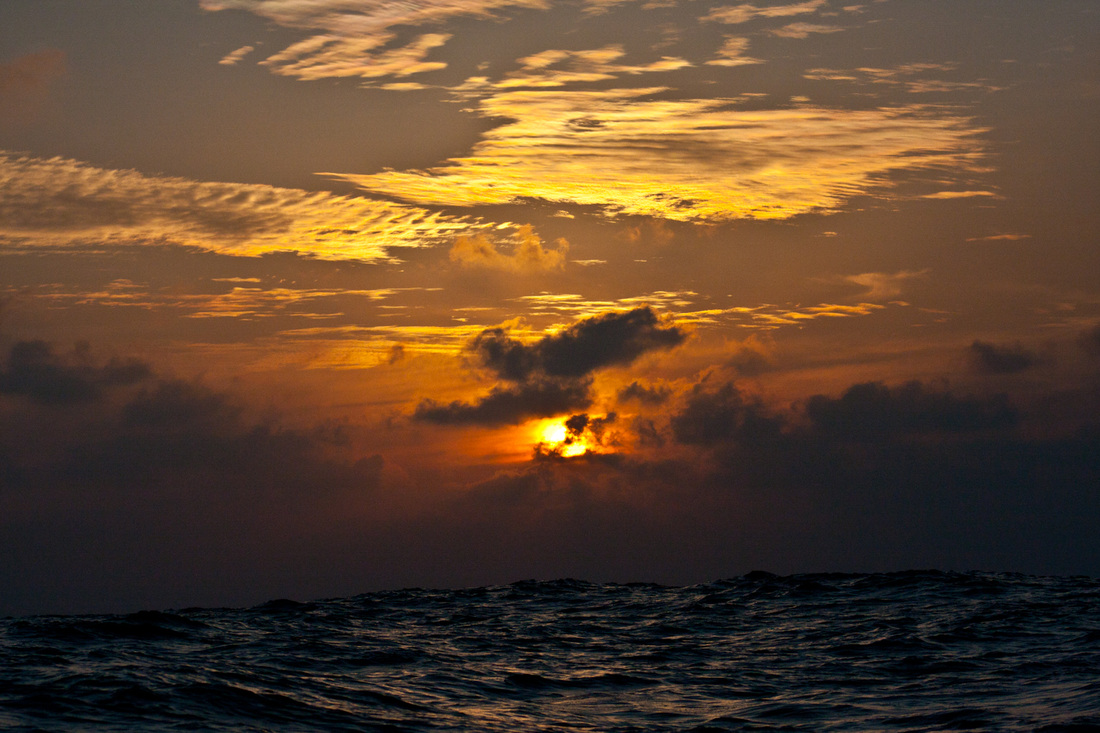

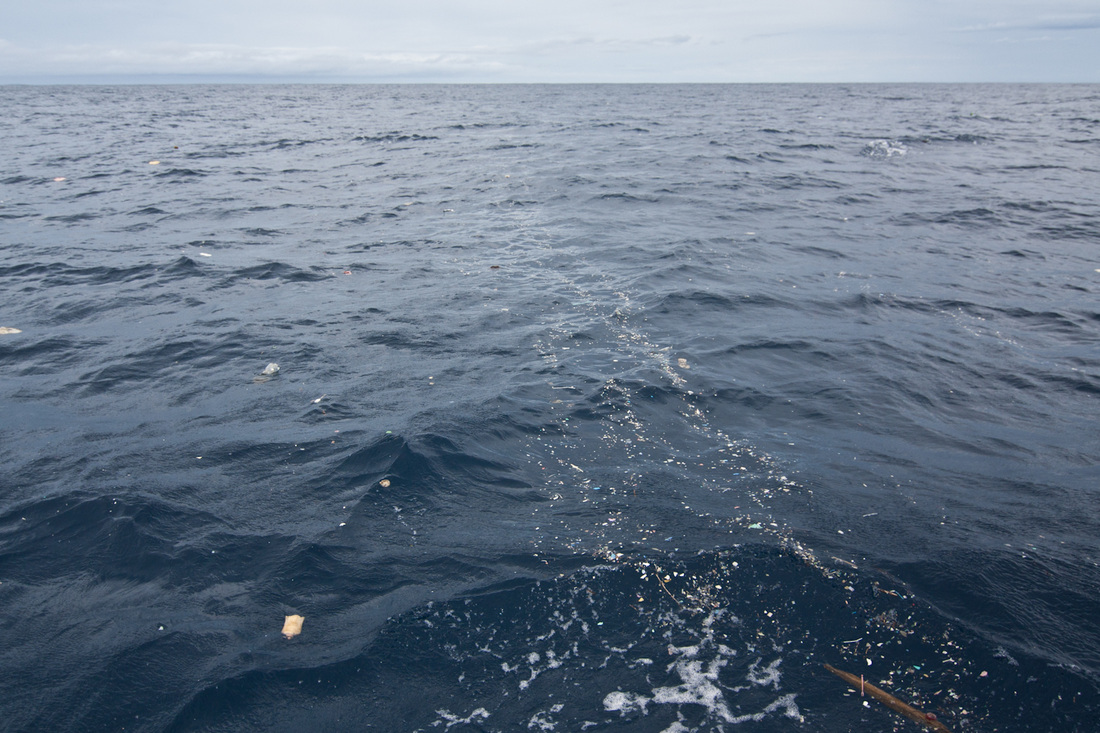
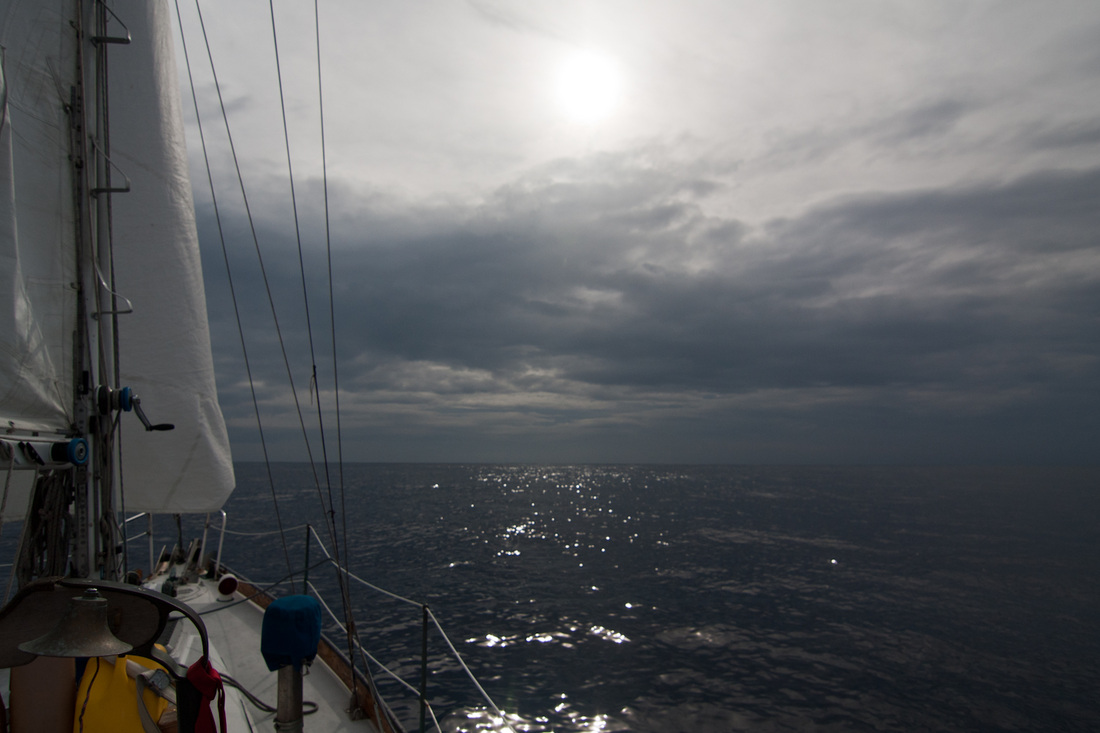
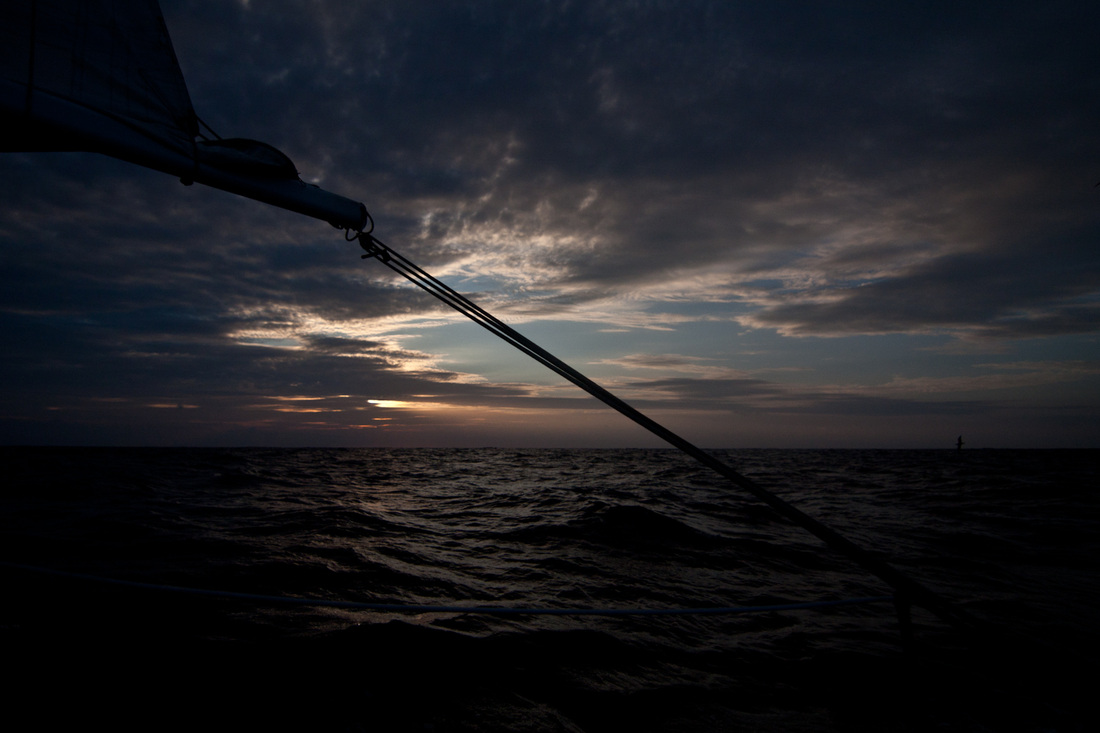
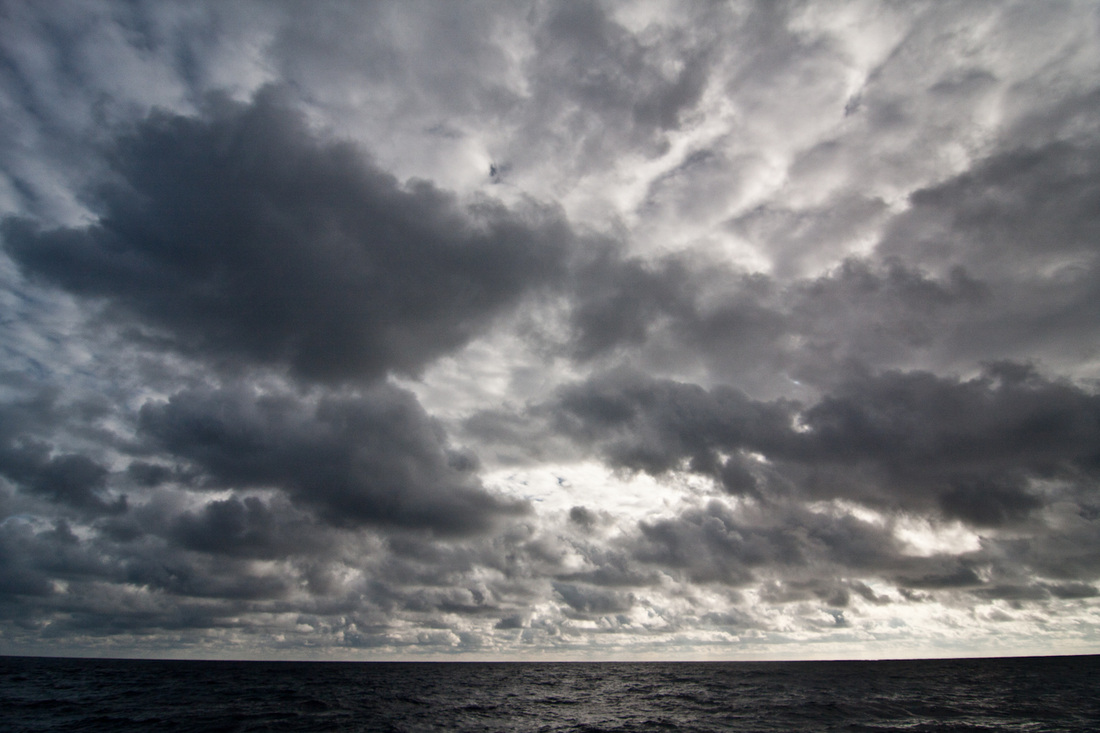
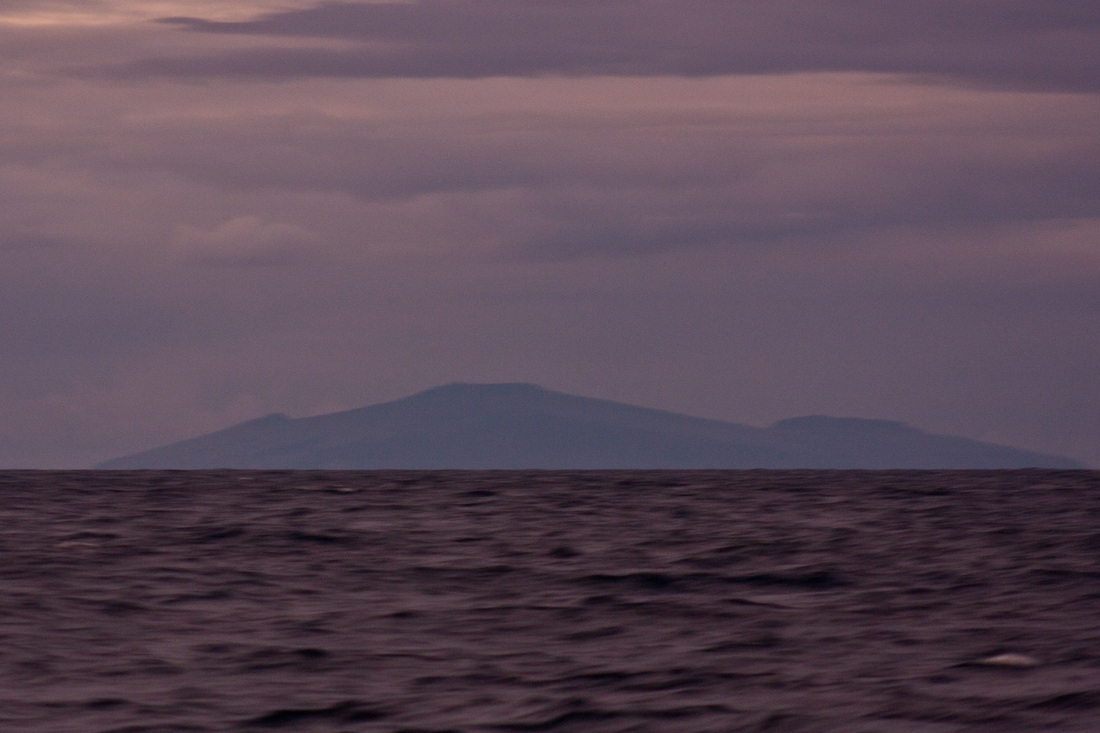
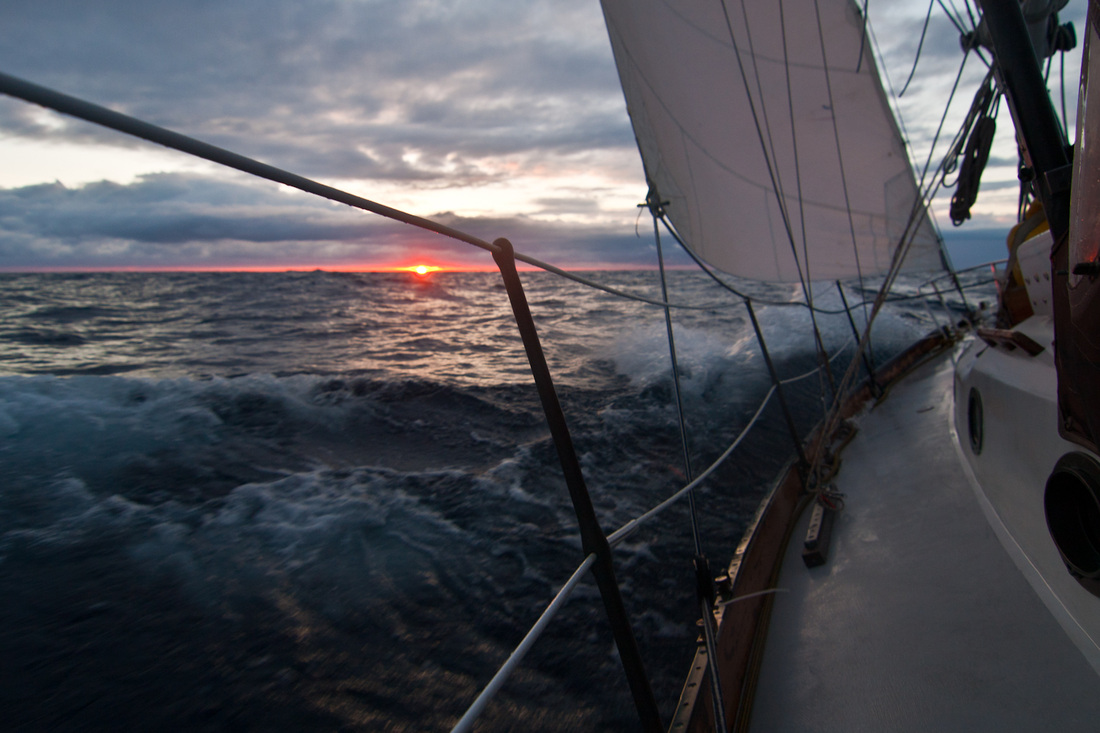

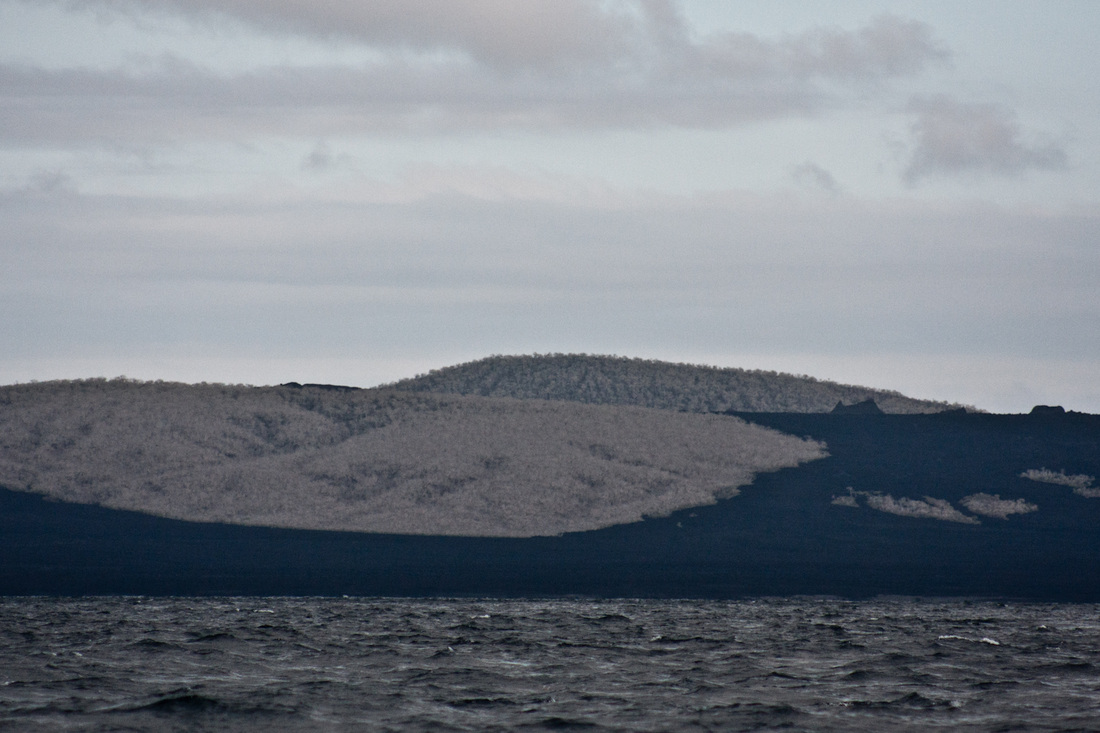
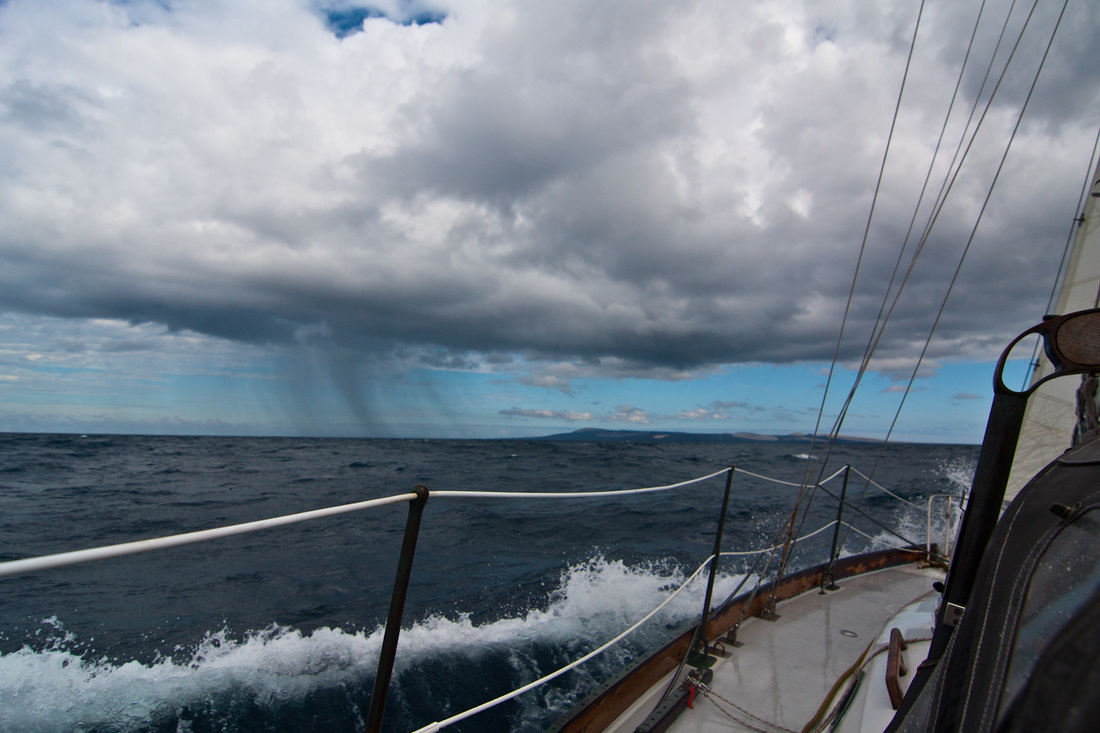
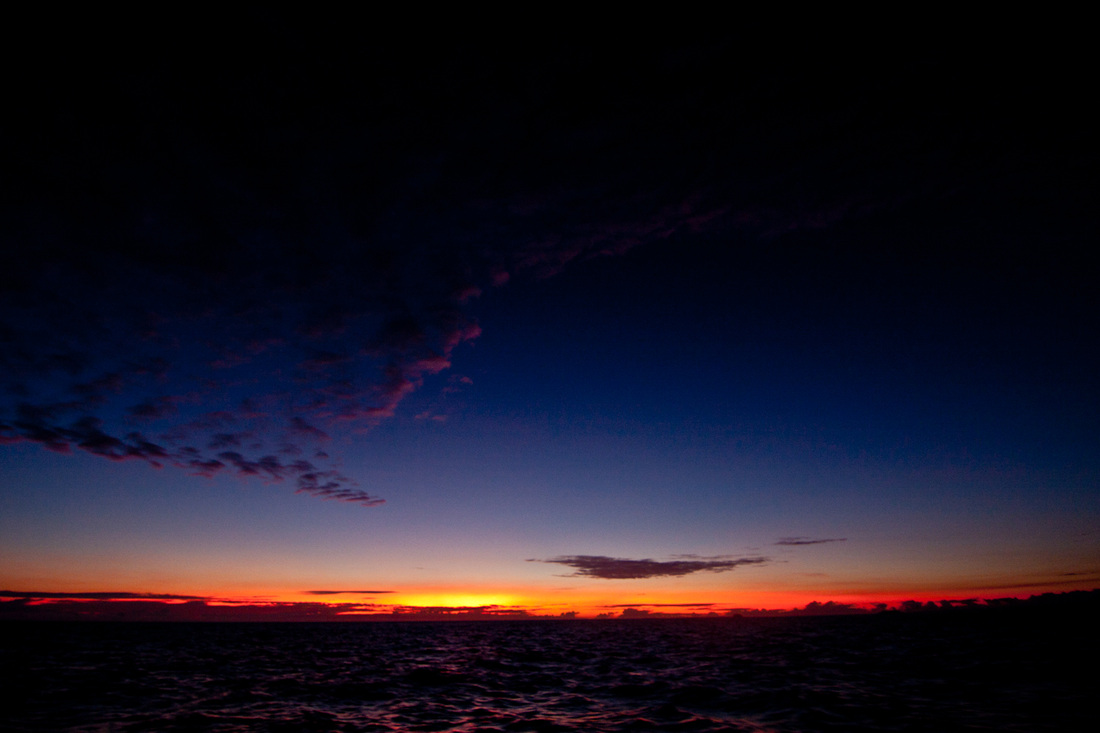
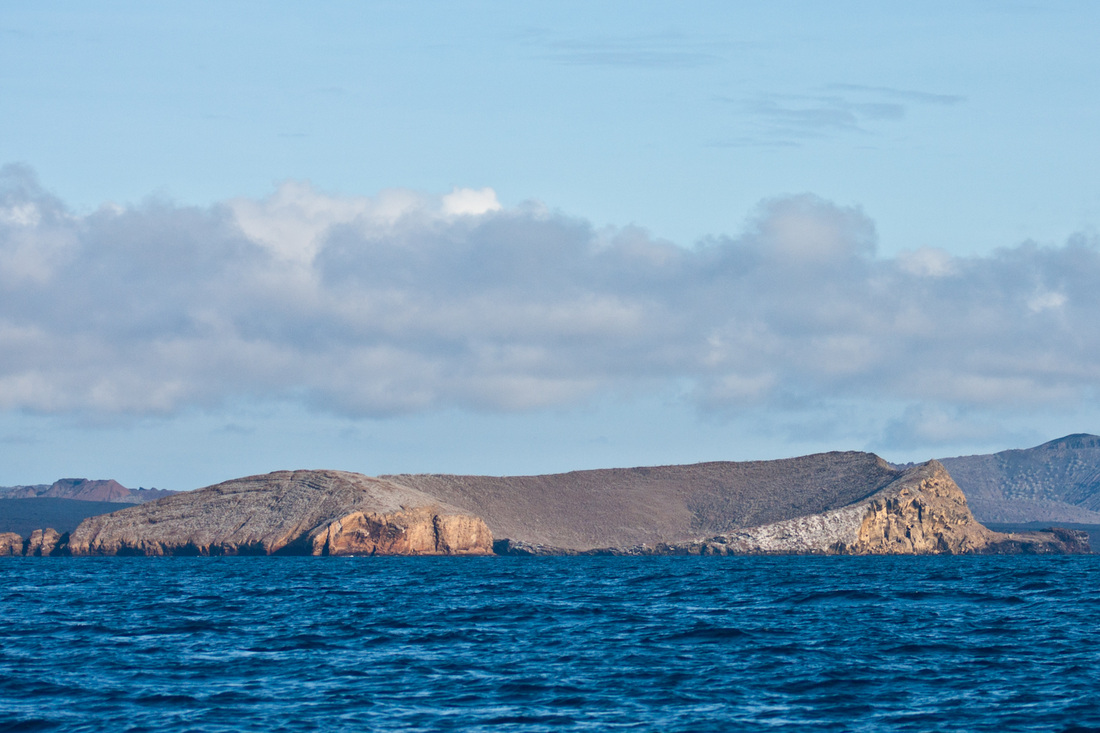
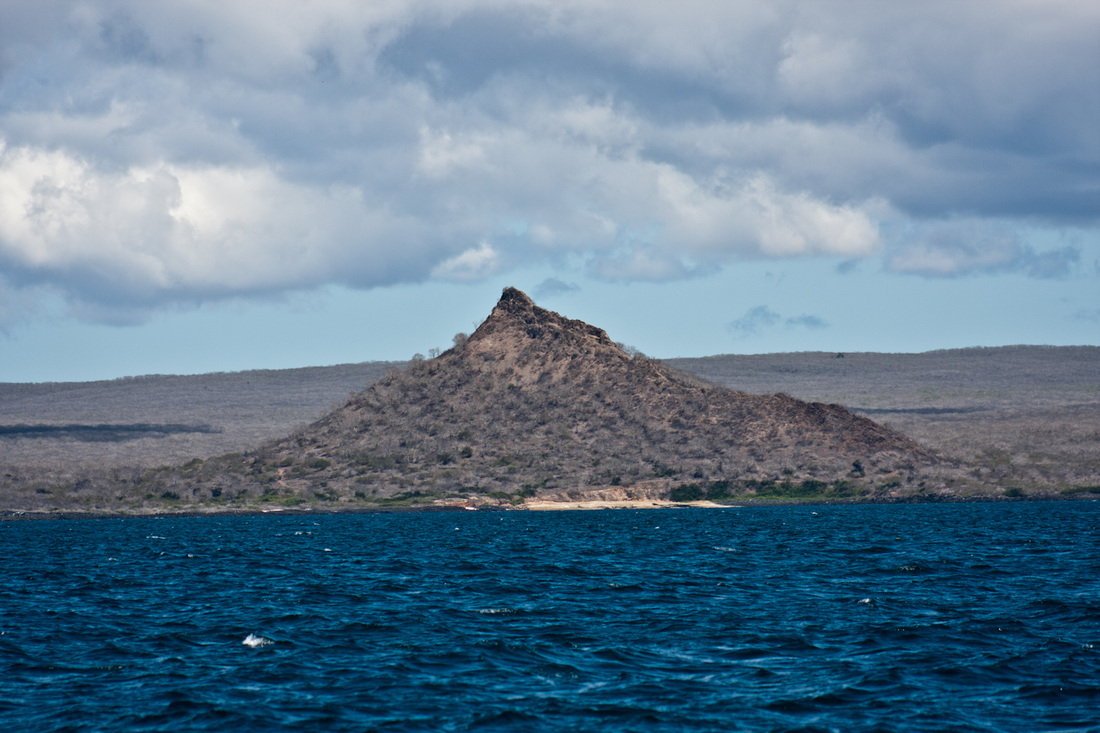
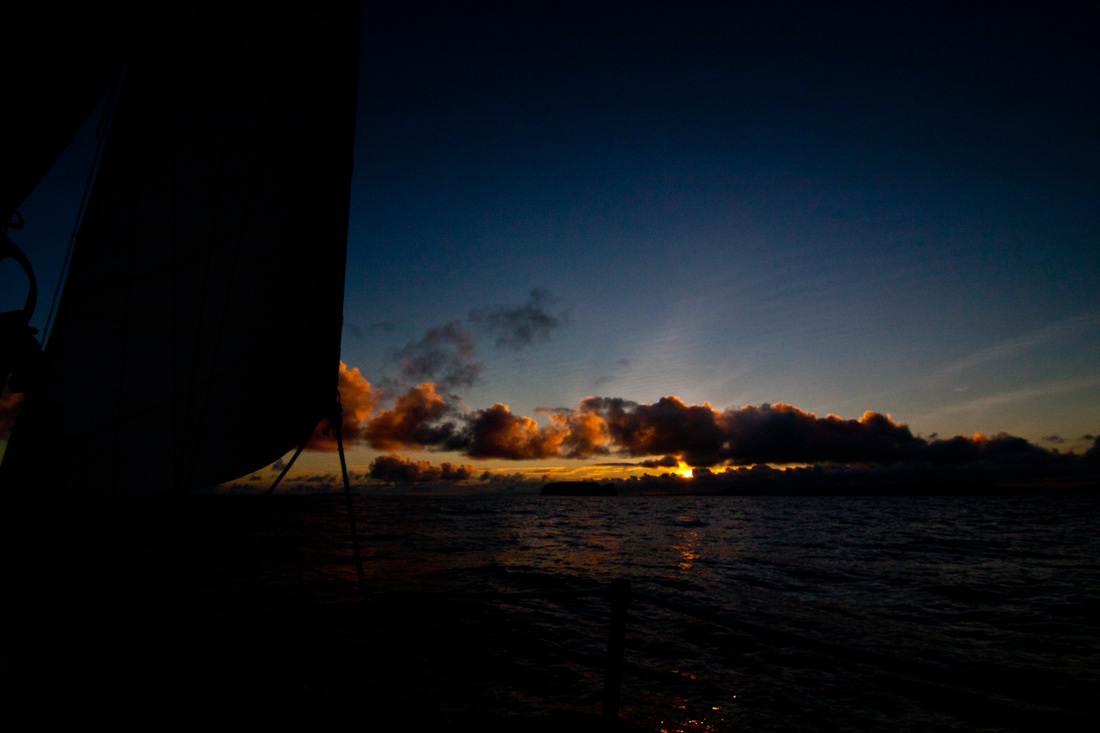
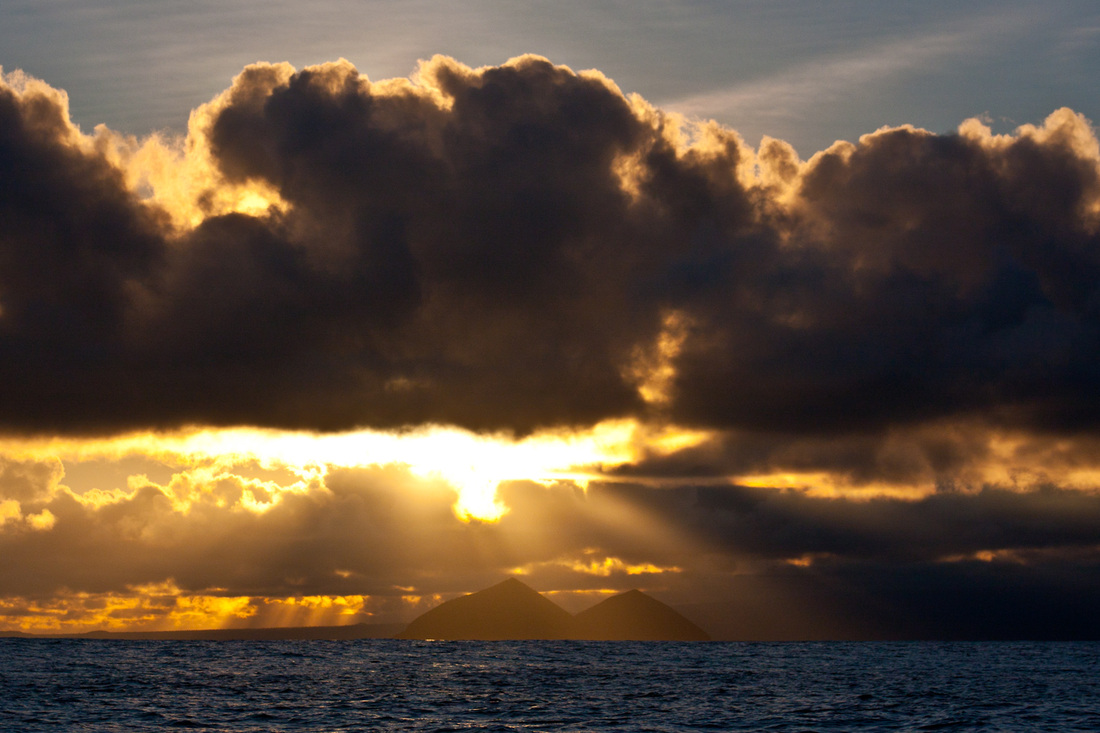
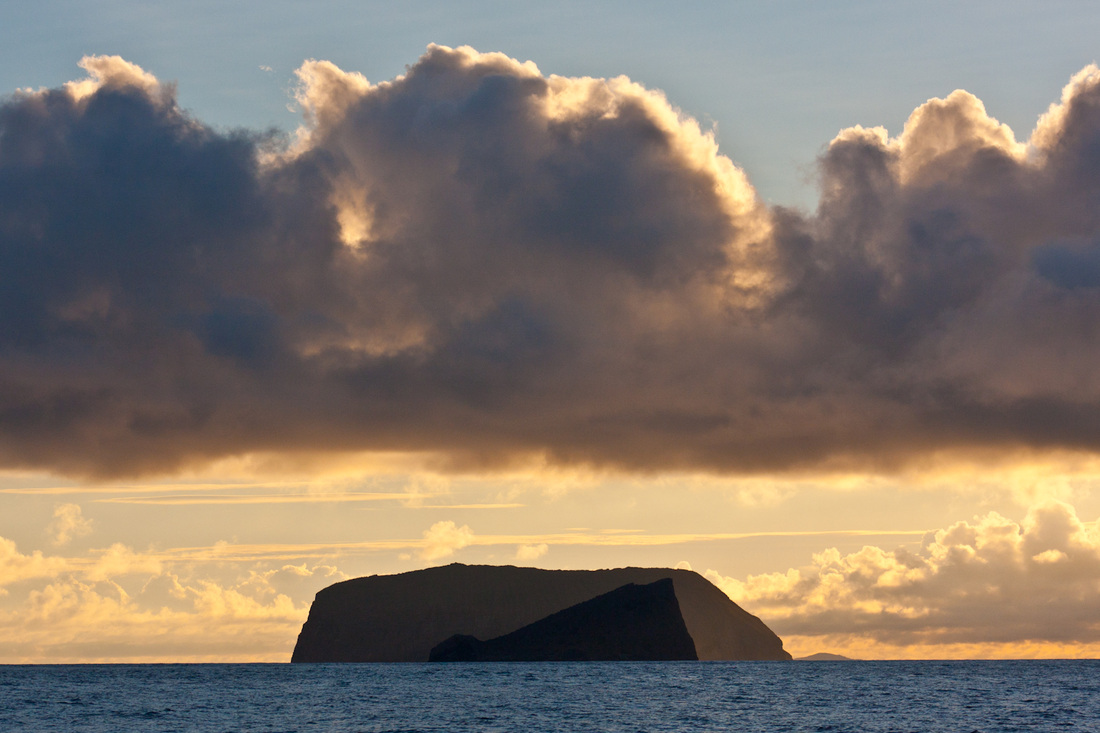
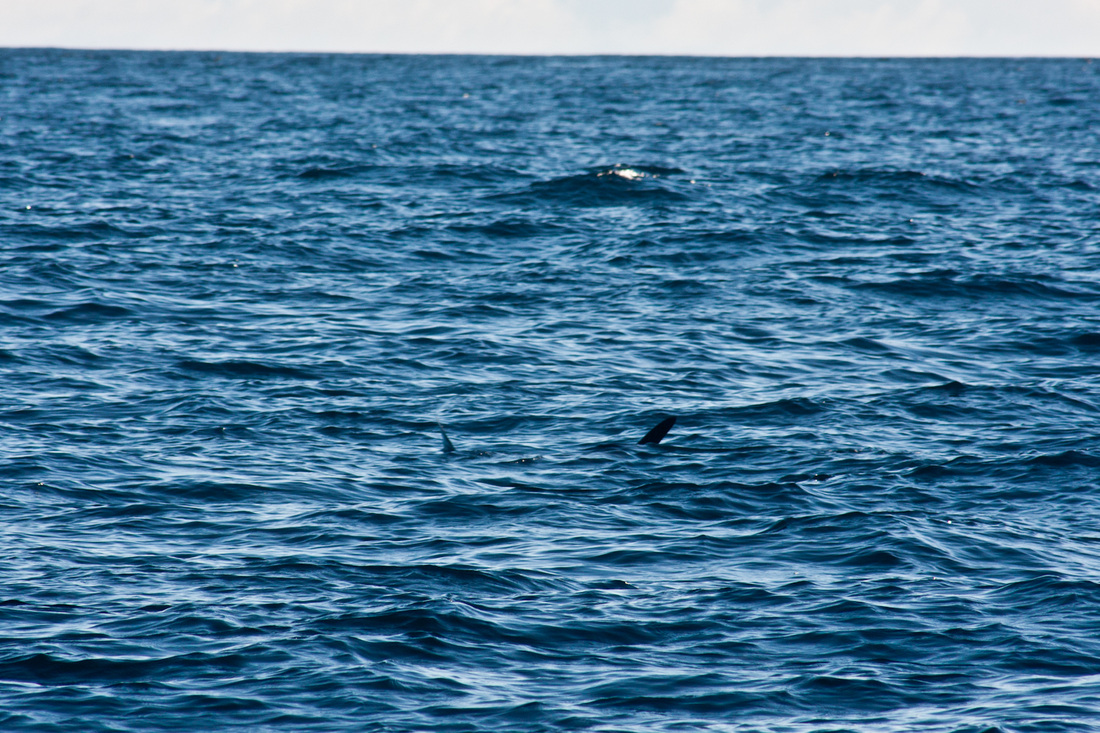
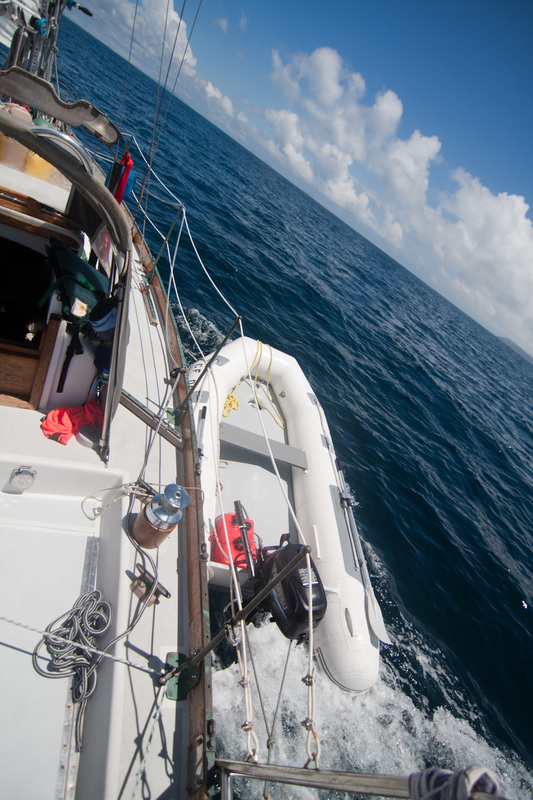
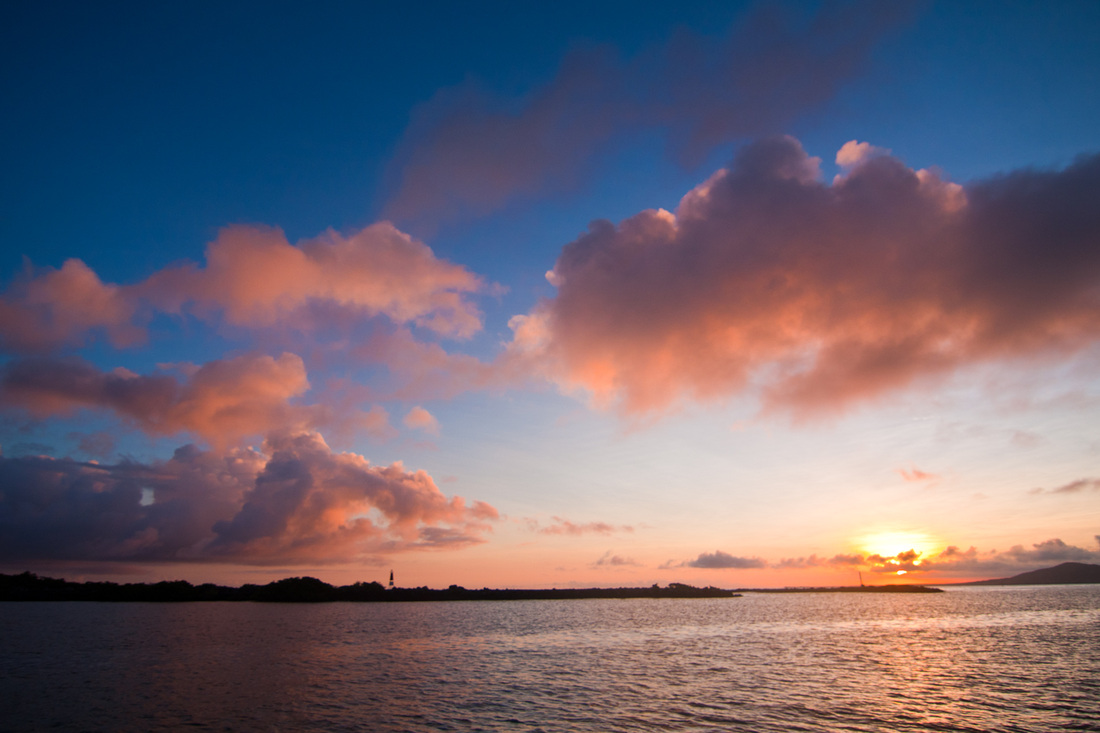
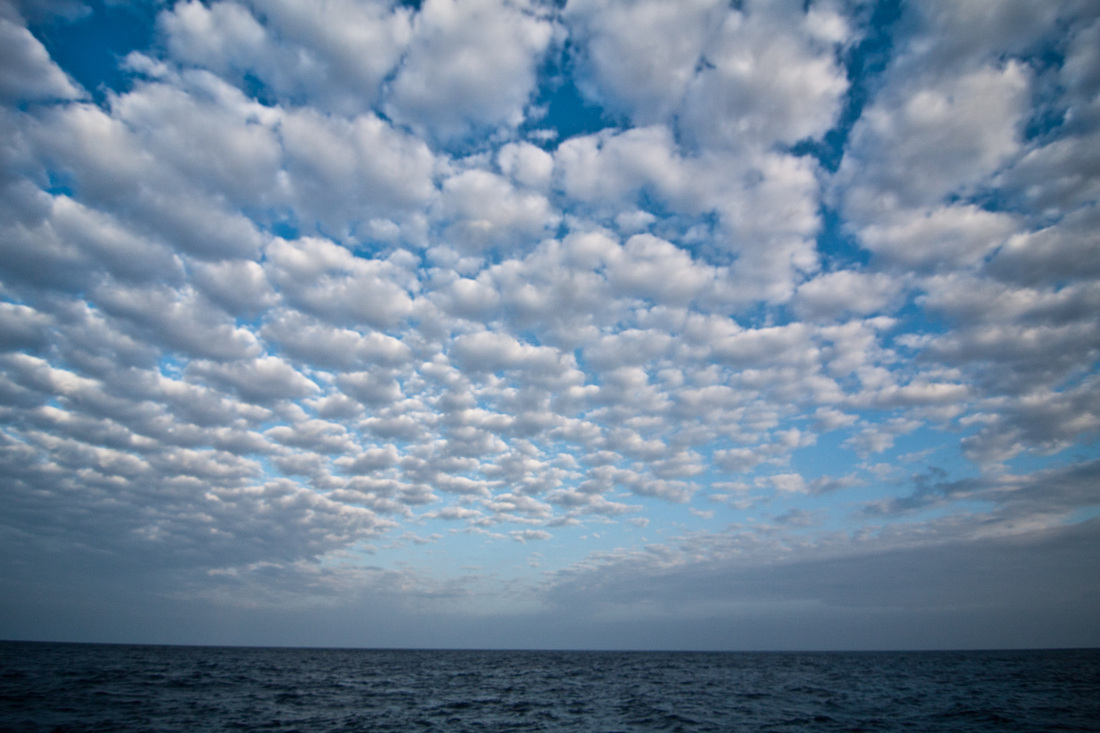
 RSS Feed
RSS Feed
